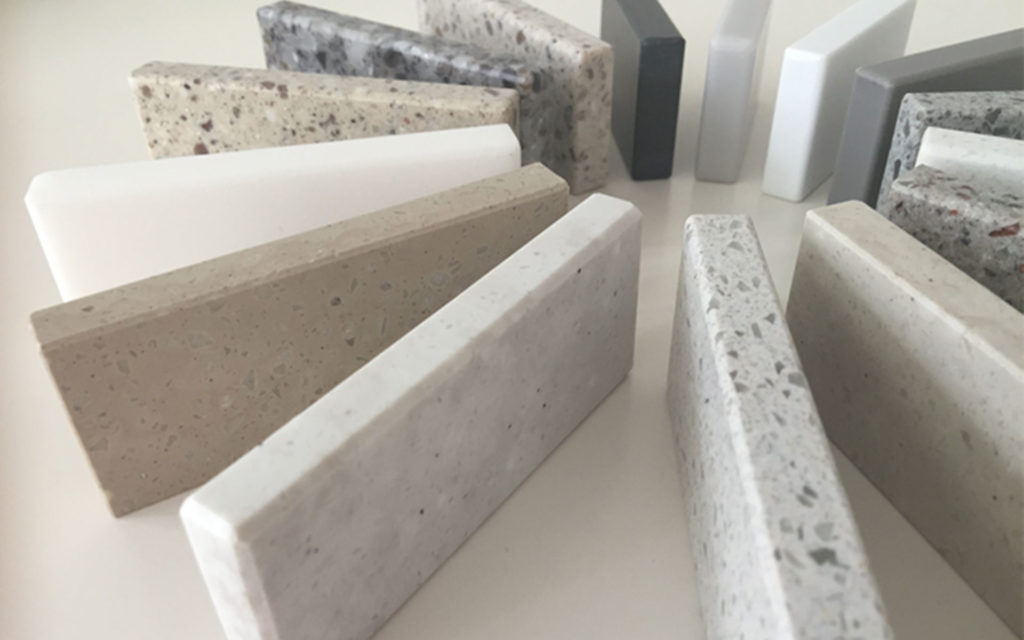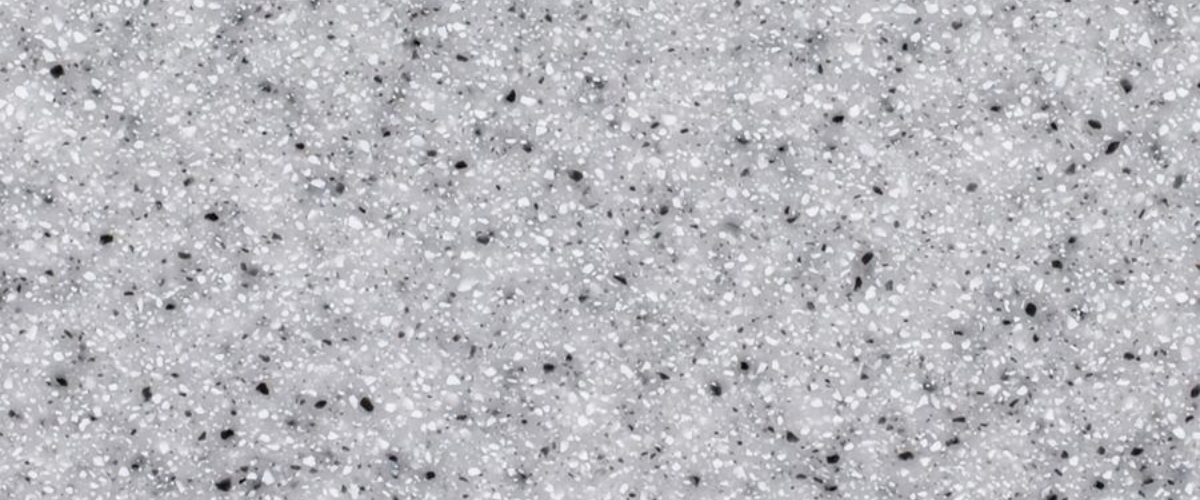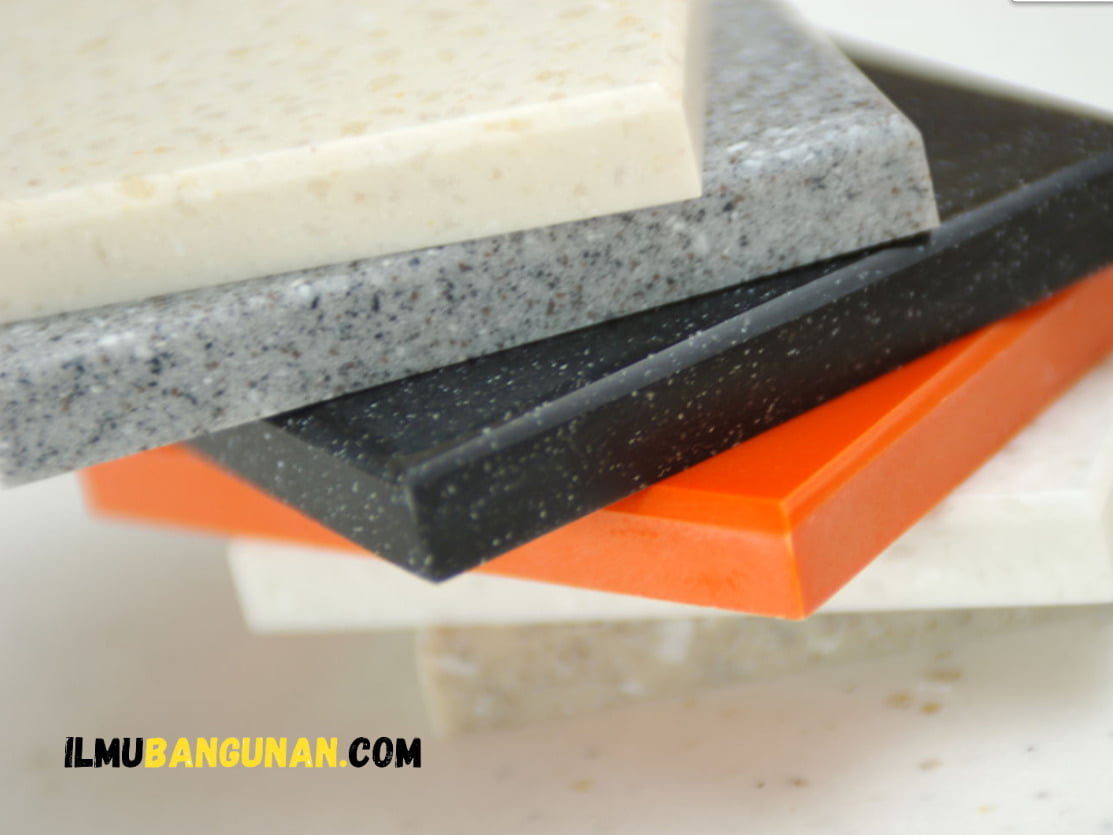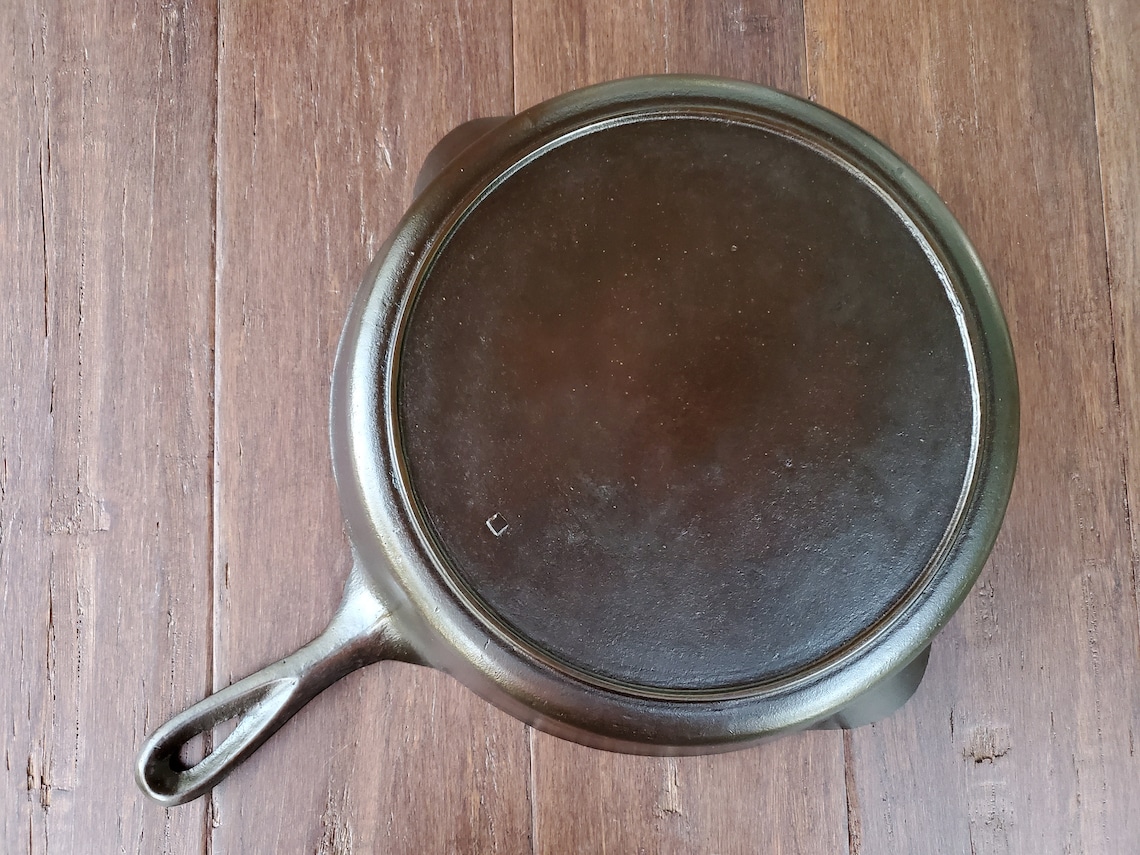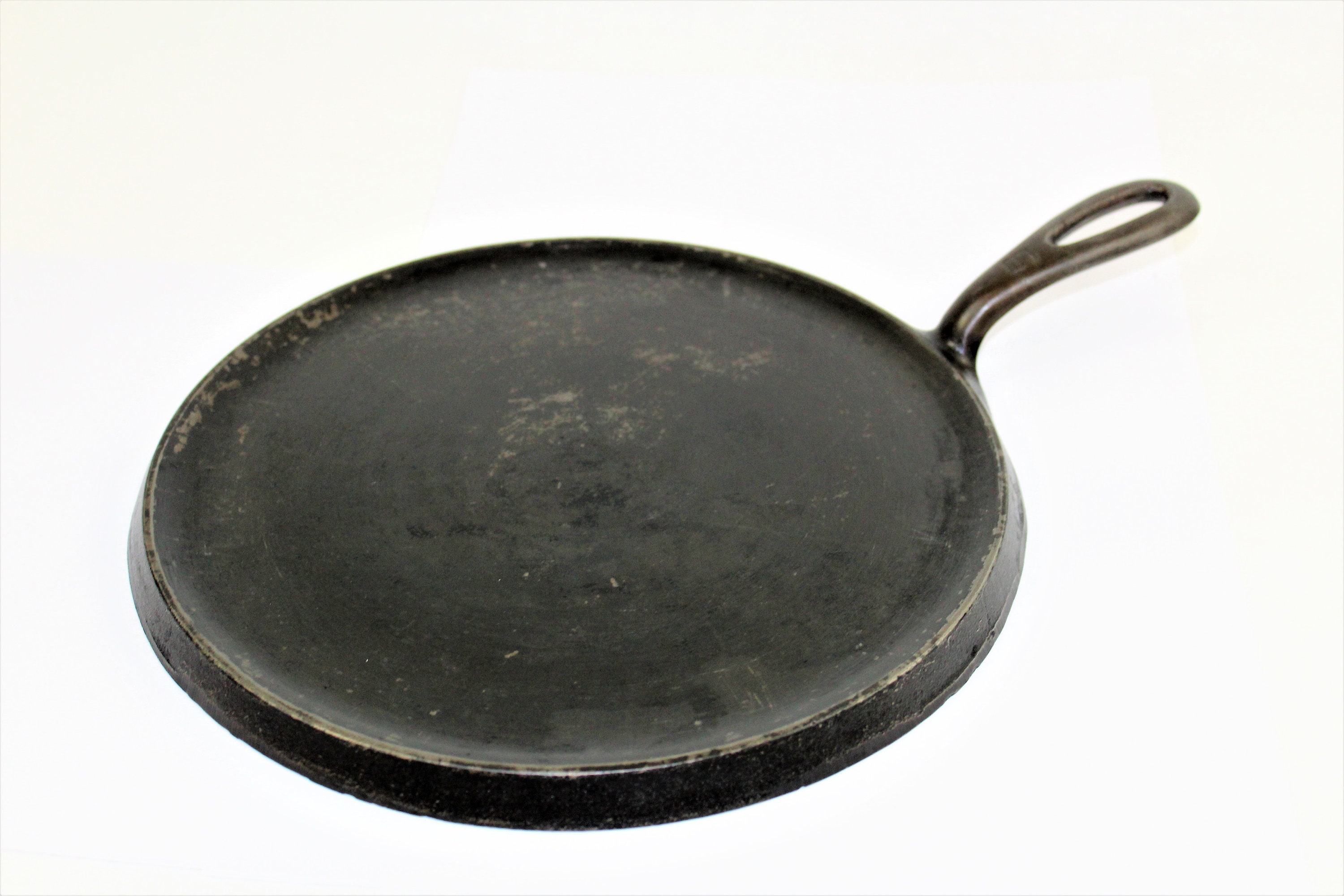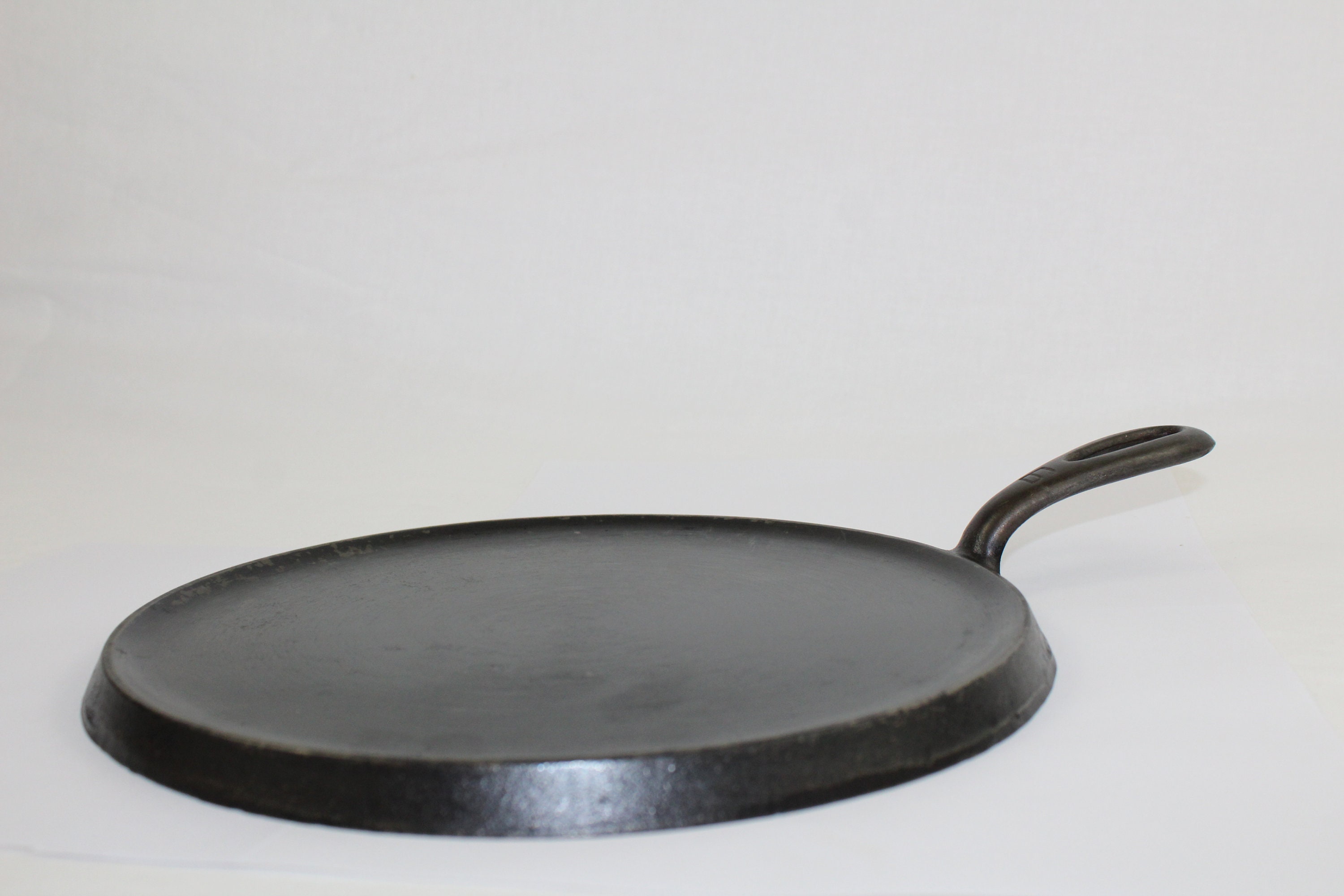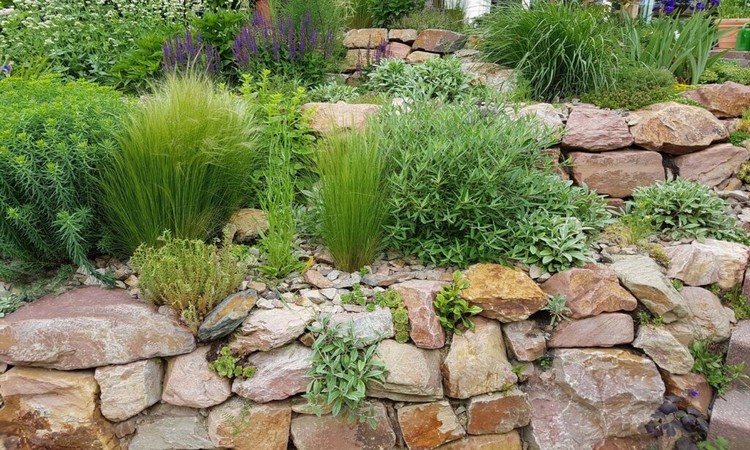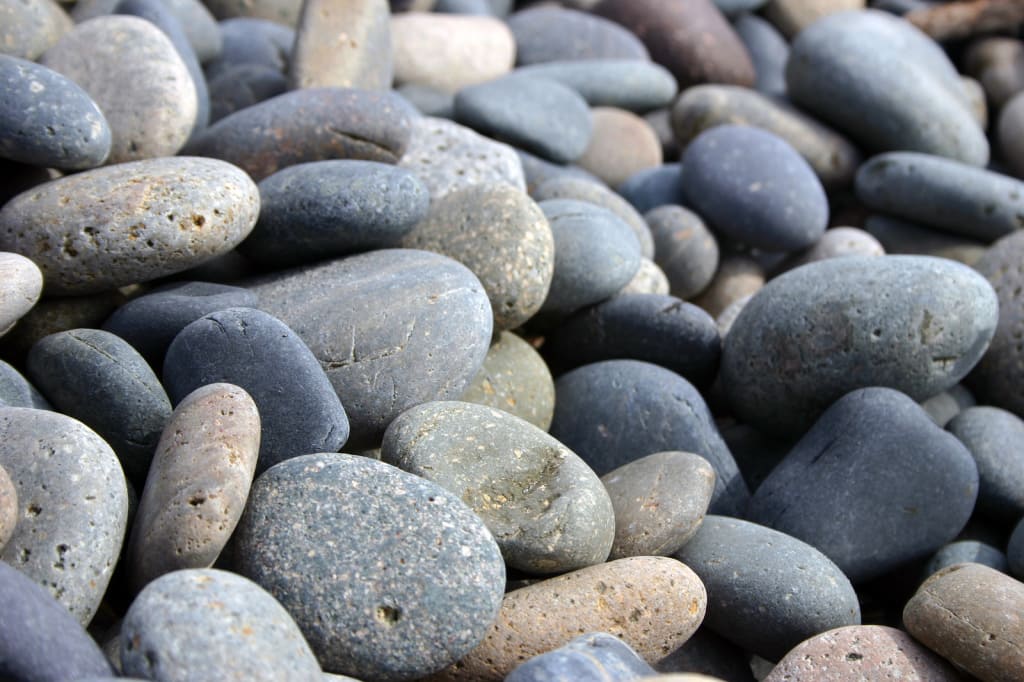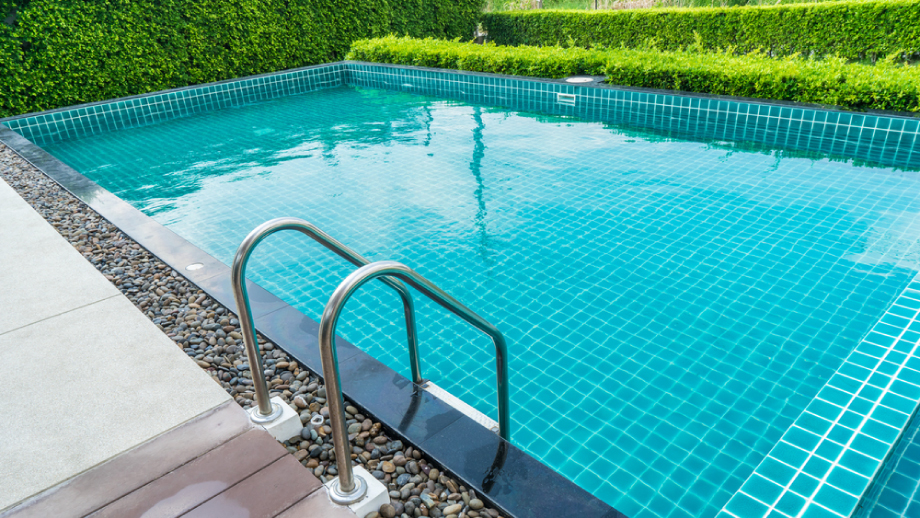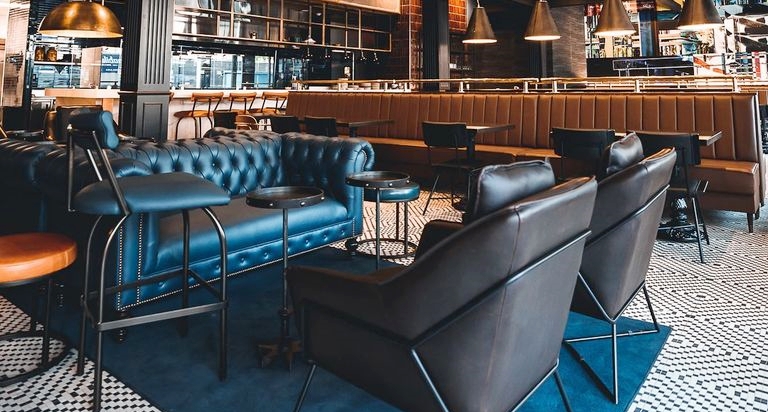Porcelain sinks may look elegant and classic, but they are not the most durable material for a kitchen sink. While they are affordable and easy to clean, they are prone to chipping and cracking. This can be a major issue as it not only affects the appearance of your sink, but it can also lead to leaks and water damage in your cabinets. Additionally, porcelain sinks are not resistant to scratches and stains, making them a poor choice for a high-traffic kitchen.1. Porcelain
Stainless steel sinks are a popular choice for their sleek and modern look, but they can also be a nightmare to maintain. While they are resistant to stains and scratches, they are not invincible. Over time, stainless steel sinks can develop rust, especially if they are not properly cared for. This can be a major issue as it not only affects the appearance of your sink, but it can also compromise the hygiene of your kitchen. Additionally, stainless steel sinks can be quite noisy, as they tend to echo and clang when in use.2. Stainless Steel
While granite composite sinks may seem like a durable and stylish choice, they can actually be quite problematic. These sinks are made from a mixture of granite stone and resin, making them prone to chipping and cracking. They are also not as heat resistant as pure granite sinks, meaning they can warp and discolor with prolonged exposure to hot pots and pans. Additionally, the dark color of these sinks can make water spots and soap scum more visible, requiring constant cleaning.3. Granite Composite
Marble sinks may be a luxurious addition to your kitchen, but they are not practical for everyday use. Marble is a soft stone that is easily scratched and stained, making it a poor choice for a kitchen sink. It also requires regular sealing to prevent water damage and mold growth. Additionally, marble sinks are quite expensive and may not be worth the investment considering their high maintenance requirements.4. Marble
Copper sinks have become increasingly popular for their unique and rustic appearance. However, they are not the most practical choice for a kitchen sink. Copper is a soft metal that can easily dent and scratch, making it difficult to maintain its appearance. It also requires regular polishing to prevent tarnishing and discoloration. Additionally, copper sinks can be quite expensive and may not fit into everyone's budget.5. Copper
Fireclay sinks are made from a mixture of clay and glaze, giving them a smooth and glossy finish. However, despite their attractive appearance, they are not the most durable option for a kitchen sink. Fireclay is prone to chipping and cracking, especially if heavy objects are dropped in the sink. It is also not heat resistant, meaning hot pots and pans can cause it to crack. Additionally, fireclay sinks are quite heavy and may require additional reinforcement in your cabinets.6. Fireclay
Acrylic sinks are a budget-friendly option for those looking for a low-cost sink. However, their affordability comes at a cost. Acrylic is a soft material that is easily scratched and stained, making it difficult to maintain its appearance. It is also not heat resistant, meaning hot pots and pans can cause it to warp and melt. Additionally, acrylic sinks are prone to cracking and can be damaged by harsh chemicals, making them a poor choice for a high-traffic kitchen.7. Acrylic
Solid surface sinks are made from a composite material that mimics the look of natural stone. While they may look sleek and modern, they are not the most durable option for a kitchen sink. Solid surface sinks are prone to scratches and can be damaged by hot pots and pans. They are also quite expensive and may not be worth the investment considering their high maintenance requirements. Additionally, the seams in these sinks can be difficult to clean, making them a poor choice for a hygienic kitchen.8. Solid Surface
Cast iron sinks are known for their durability, but they also have their drawbacks. While they are resistant to scratches and stains, they are prone to chipping and cracking. They are also quite heavy and may require additional reinforcement in your cabinets. Additionally, cast iron sinks can be quite expensive and may not fit into everyone's budget. They also require regular cleaning and sealing to prevent rust and discoloration.9. Cast Iron
Natural stone sinks, such as granite and marble, may be a luxurious addition to your kitchen, but they are not the most practical option. While they are heat resistant and can withstand heavy use, they are prone to chipping, scratching, and staining. They also require regular sealing to prevent water damage and mold growth. Additionally, natural stone sinks can be quite expensive and may not be worth the investment considering their high maintenance requirements. In conclusion, when choosing a kitchen sink material, it is important to consider not only the aesthetic appeal but also the durability and maintenance requirements. While these 10 materials may seem like attractive options, they all have their drawbacks that can make them a poor choice for a kitchen sink. It is important to carefully weigh these factors before making a decision to ensure you choose a sink material that will meet your needs and stand the test of time. 10. Natural Stone
The Top 10 Worst Kitchen Sink Materials for Your Home
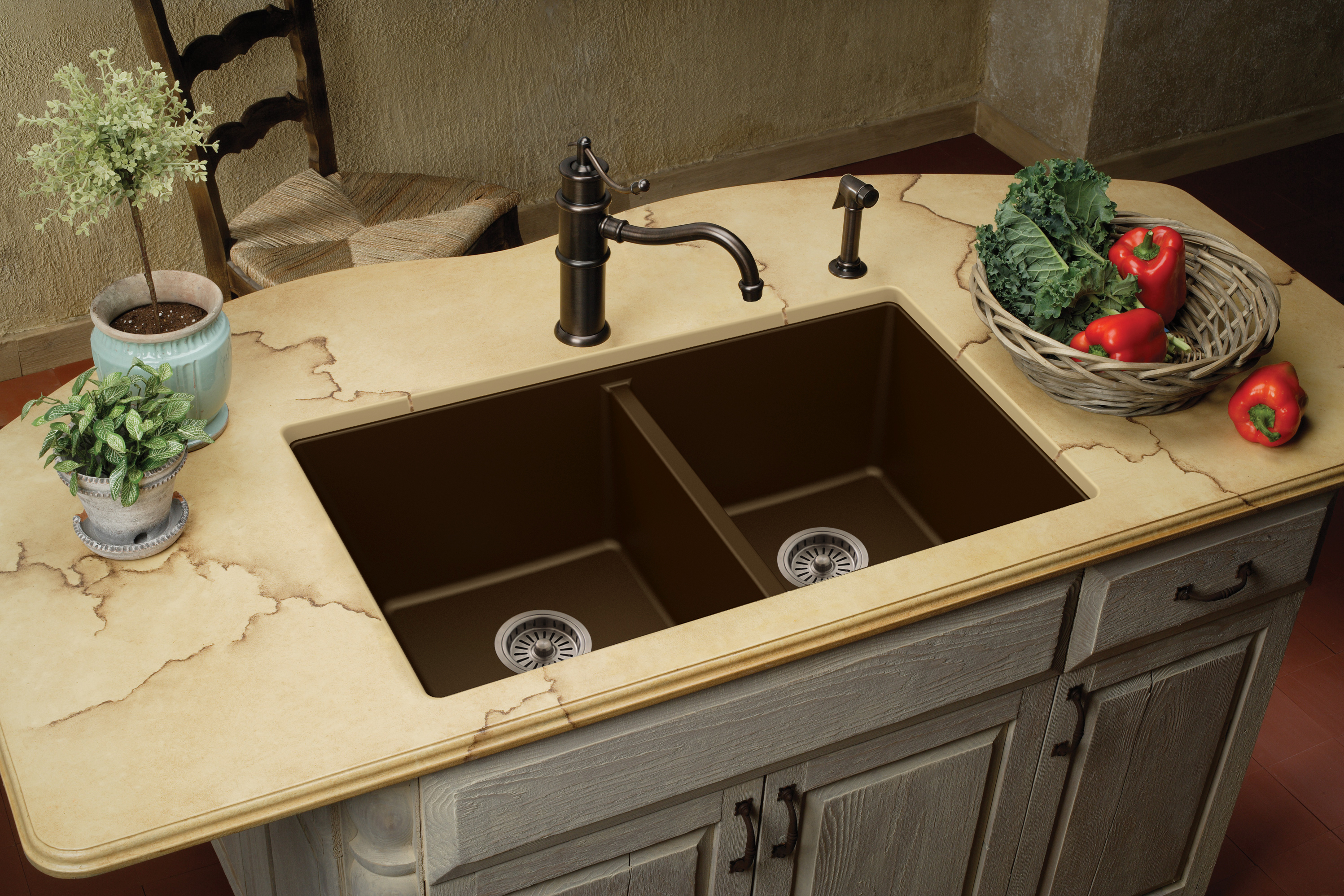 When it comes to kitchen design, choosing the right materials for your sink is crucial. Not only does it affect the overall aesthetic of your kitchen, but it also plays a significant role in terms of functionality and durability. With so many options available, it can be overwhelming to make a decision. However, there are certain materials that should be avoided altogether due to their poor quality and performance. Here are the top 10 worst kitchen sink materials that you should steer clear of when designing your dream kitchen.
When it comes to kitchen design, choosing the right materials for your sink is crucial. Not only does it affect the overall aesthetic of your kitchen, but it also plays a significant role in terms of functionality and durability. With so many options available, it can be overwhelming to make a decision. However, there are certain materials that should be avoided altogether due to their poor quality and performance. Here are the top 10 worst kitchen sink materials that you should steer clear of when designing your dream kitchen.
1. Ceramic Sinks
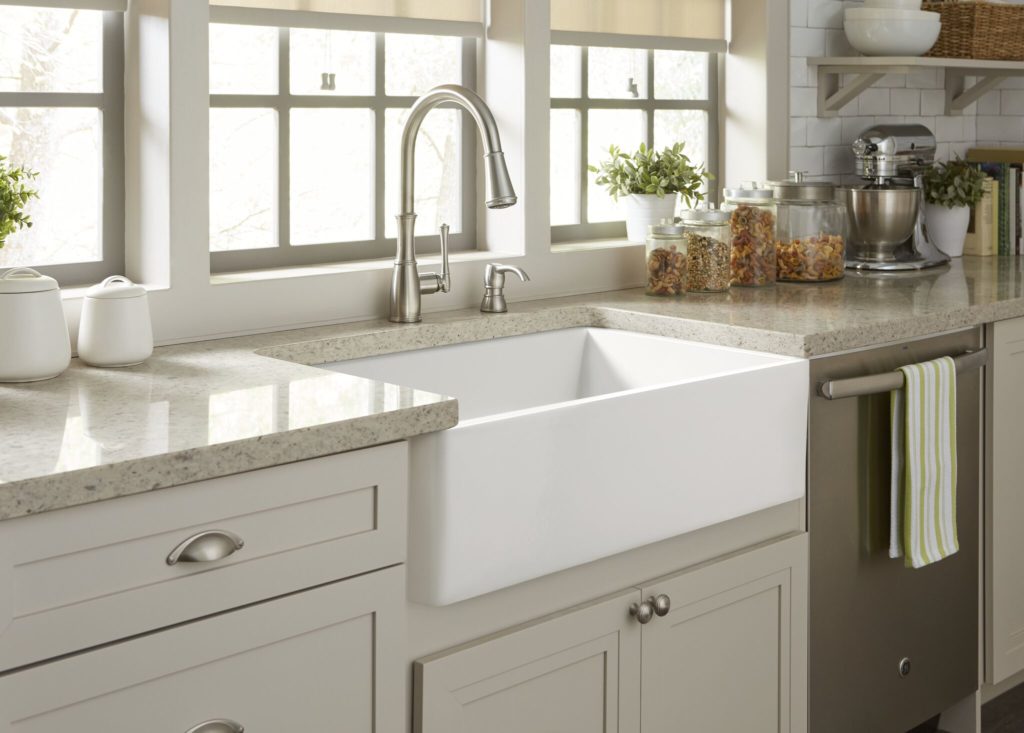 While ceramic sinks may look elegant and classic, they are notorious for being fragile and easily chipped or cracked. They are also prone to staining and require regular maintenance to keep them looking pristine. Additionally, ceramic is not heat-resistant, so placing hot pots or pans in the sink can cause damage.
While ceramic sinks may look elegant and classic, they are notorious for being fragile and easily chipped or cracked. They are also prone to staining and require regular maintenance to keep them looking pristine. Additionally, ceramic is not heat-resistant, so placing hot pots or pans in the sink can cause damage.
2. Marble Sinks
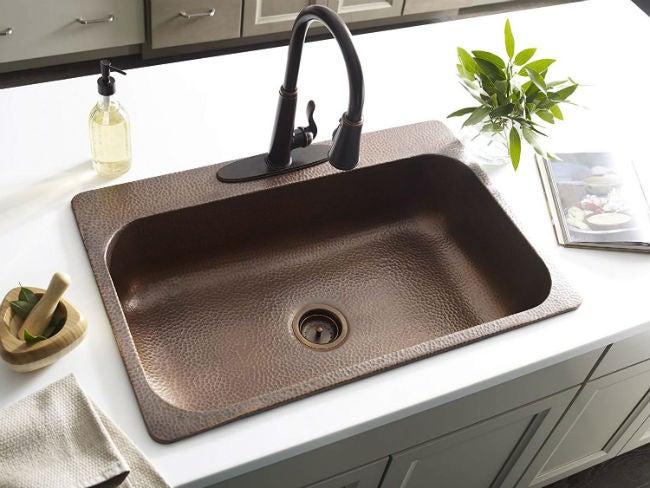 Marble is a popular choice for countertops, but it should never be used for kitchen sinks. It is a porous material that is susceptible to scratches, stains, and etching from acidic substances like lemon juice or vinegar. It also requires frequent sealing to prevent damage, making it a high-maintenance option for a sink.
Marble is a popular choice for countertops, but it should never be used for kitchen sinks. It is a porous material that is susceptible to scratches, stains, and etching from acidic substances like lemon juice or vinegar. It also requires frequent sealing to prevent damage, making it a high-maintenance option for a sink.
3. Copper Sinks
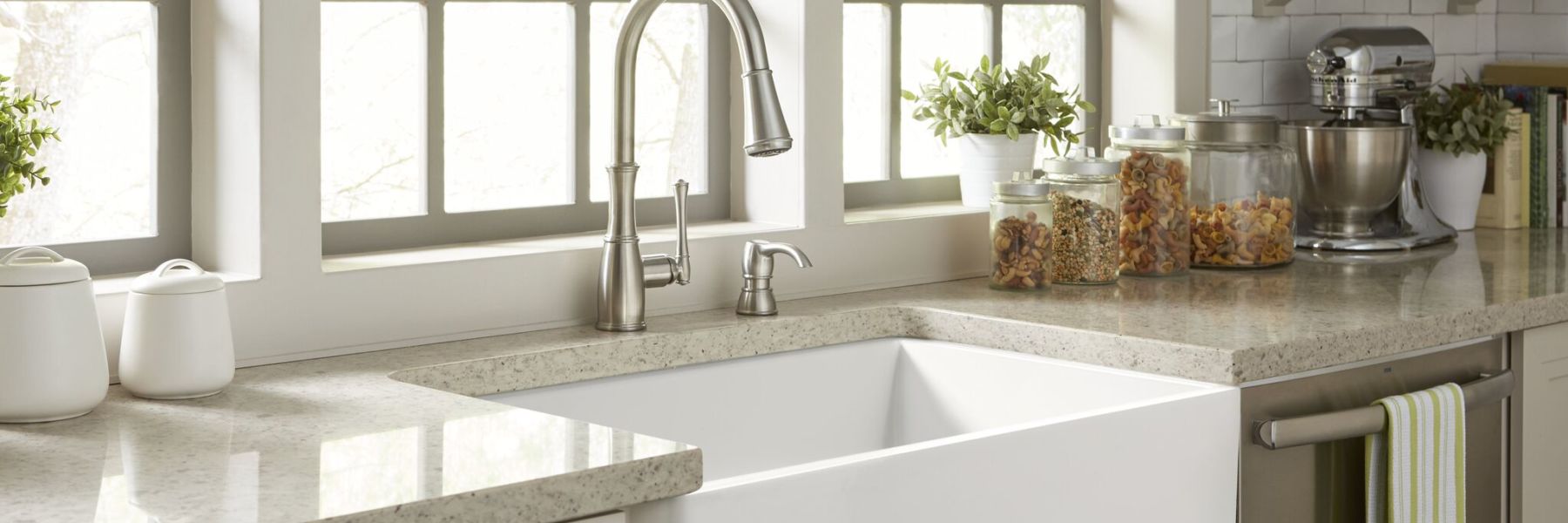 Copper sinks may add a rustic charm to your kitchen, but they are not the most practical choice. They are prone to scratches, dents, and discoloration, and require regular polishing to maintain their shine. Over time, the copper can also develop a patina, which some may find unappealing.
Copper sinks may add a rustic charm to your kitchen, but they are not the most practical choice. They are prone to scratches, dents, and discoloration, and require regular polishing to maintain their shine. Over time, the copper can also develop a patina, which some may find unappealing.
4. Glass Sinks
 While glass sinks may be visually appealing, they are not the most durable option. They are prone to cracking and chipping, and are not heat-resistant, making them unsuitable for a busy kitchen. Glass sinks also require frequent cleaning to prevent water spots and smudges from showing.
While glass sinks may be visually appealing, they are not the most durable option. They are prone to cracking and chipping, and are not heat-resistant, making them unsuitable for a busy kitchen. Glass sinks also require frequent cleaning to prevent water spots and smudges from showing.
5. Acrylic Sinks
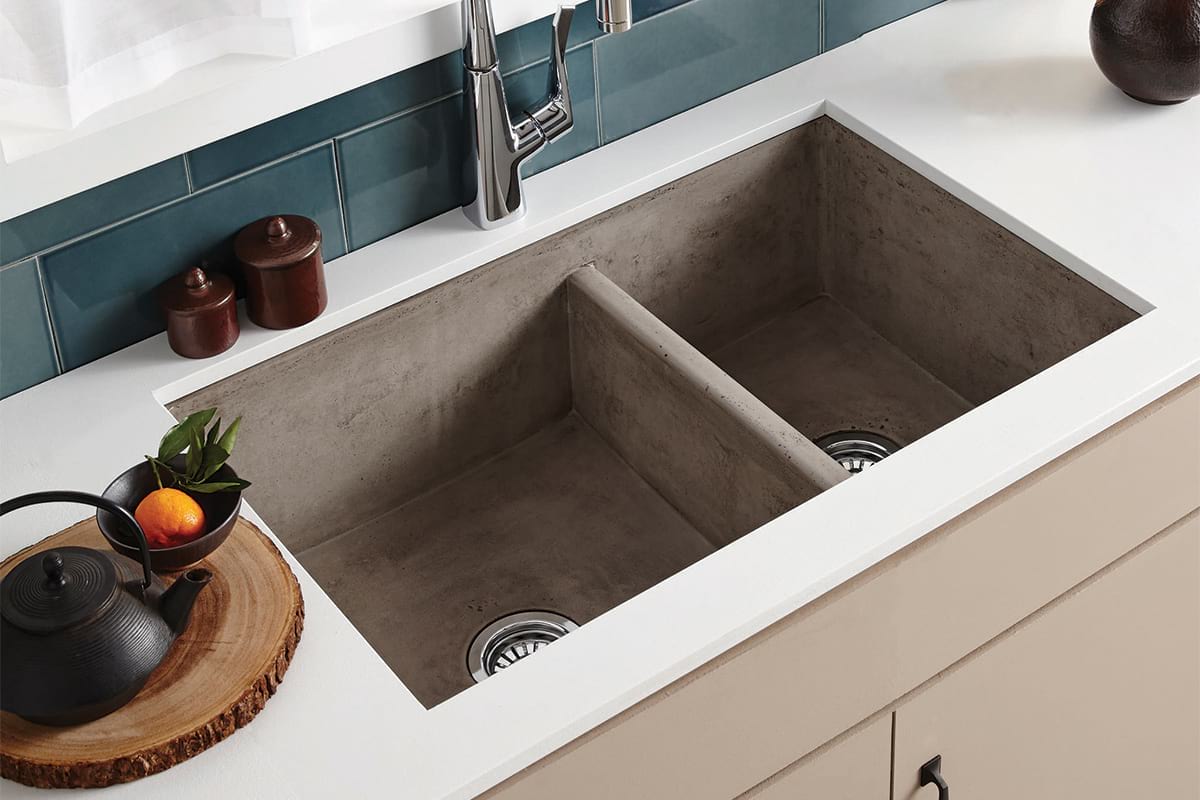 Acrylic sinks are a budget-friendly option, but they are not built to last. They are prone to scratches, stains, and fading, and can easily melt or warp if exposed to high heat. They are also not as durable as other materials, making them a poor choice for a frequently used kitchen sink.
Acrylic sinks are a budget-friendly option, but they are not built to last. They are prone to scratches, stains, and fading, and can easily melt or warp if exposed to high heat. They are also not as durable as other materials, making them a poor choice for a frequently used kitchen sink.
6. Porcelain Sinks
 Porcelain sinks may be a common choice, but they have their fair share of drawbacks. They are prone to chipping and cracking, and are not as heat-resistant as other materials. They also require regular cleaning and maintenance to prevent staining and discoloration.
Porcelain sinks may be a common choice, but they have their fair share of drawbacks. They are prone to chipping and cracking, and are not as heat-resistant as other materials. They also require regular cleaning and maintenance to prevent staining and discoloration.
7. Stainless Steel Sinks
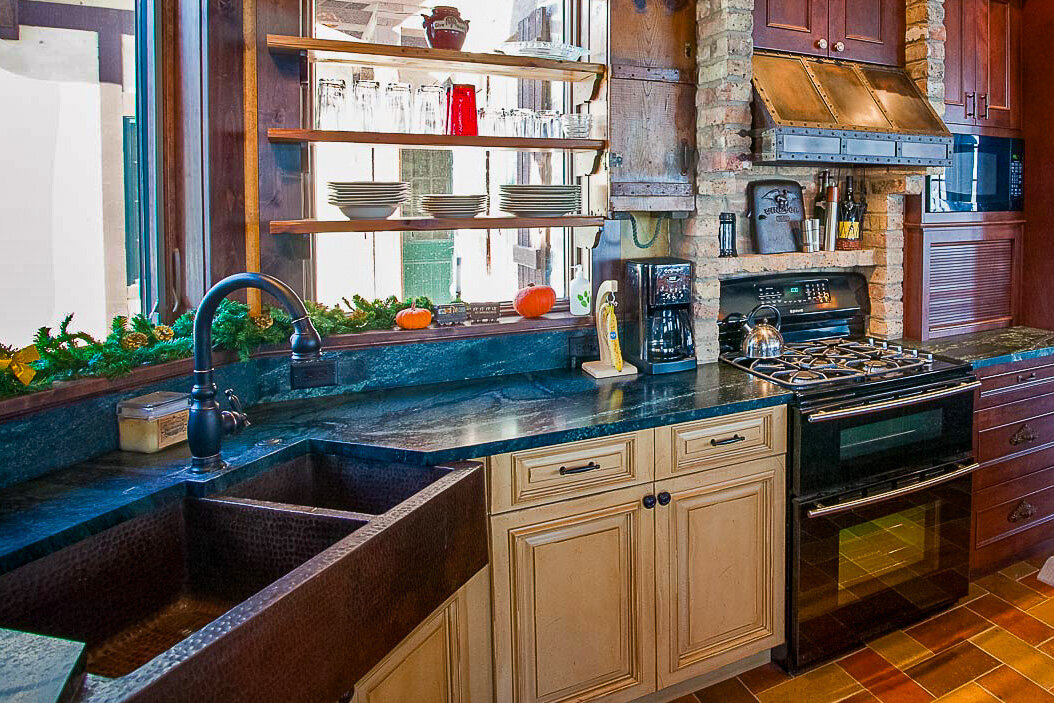 Stainless steel sinks are a popular choice for their affordability and durability. However, they are not without their flaws. They are prone to scratches and water spots, and can also dent easily if heavy objects are dropped in them. They also tend to show fingerprints and smudges, requiring frequent cleaning to keep them looking polished.
Stainless steel sinks are a popular choice for their affordability and durability. However, they are not without their flaws. They are prone to scratches and water spots, and can also dent easily if heavy objects are dropped in them. They also tend to show fingerprints and smudges, requiring frequent cleaning to keep them looking polished.
8. Granite Composite Sinks
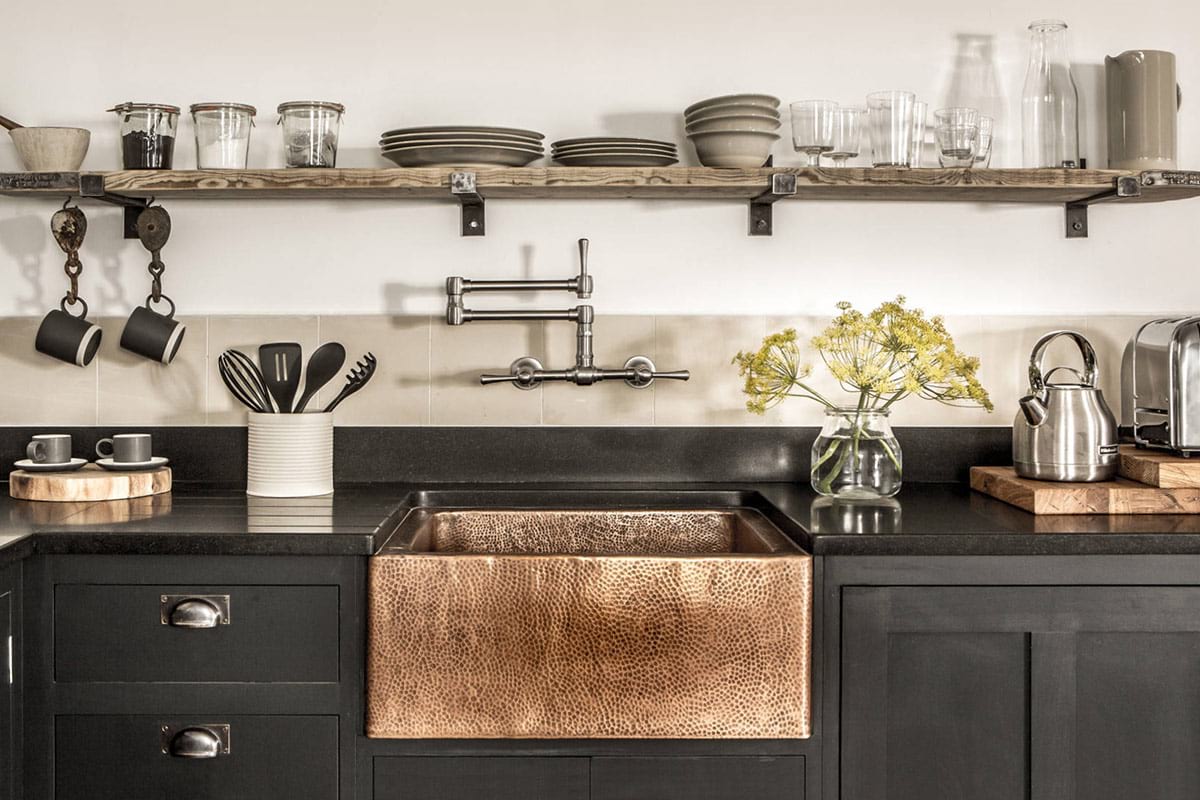 While granite composite sinks may seem like a high-end option, they have several downsides. They are susceptible to scratching, chipping, and staining, and require regular sealing to maintain their appearance. They are also quite heavy, which can be problematic for installation.
While granite composite sinks may seem like a high-end option, they have several downsides. They are susceptible to scratching, chipping, and staining, and require regular sealing to maintain their appearance. They are also quite heavy, which can be problematic for installation.
9. Solid Surface Sinks
 Solid surface sinks are made from a mixture of acrylic and resin, making them prone to scratching and chipping. They are also not heat-resistant and can easily melt or warp if exposed to high temperatures. Additionally, they require frequent cleaning and polishing to prevent stains and discoloration.
Solid surface sinks are made from a mixture of acrylic and resin, making them prone to scratching and chipping. They are also not heat-resistant and can easily melt or warp if exposed to high temperatures. Additionally, they require frequent cleaning and polishing to prevent stains and discoloration.
10. Stone Sinks
 Stone sinks, such as granite or marble, may add a luxurious touch to your kitchen, but they are not the most practical option. They are prone to cracking, staining, and require regular sealing to prevent damage. They are also quite heavy, which can make installation challenging.
In conclusion, when choosing a kitchen sink material, it is essential to consider both aesthetics and functionality. Avoiding these top 10 worst kitchen sink materials will save you from potential headaches and costly repairs in the future. Consider opting for durable and low-maintenance materials, such as stainless steel or quartz, to ensure a long-lasting and functional kitchen sink.
Stone sinks, such as granite or marble, may add a luxurious touch to your kitchen, but they are not the most practical option. They are prone to cracking, staining, and require regular sealing to prevent damage. They are also quite heavy, which can make installation challenging.
In conclusion, when choosing a kitchen sink material, it is essential to consider both aesthetics and functionality. Avoiding these top 10 worst kitchen sink materials will save you from potential headaches and costly repairs in the future. Consider opting for durable and low-maintenance materials, such as stainless steel or quartz, to ensure a long-lasting and functional kitchen sink.
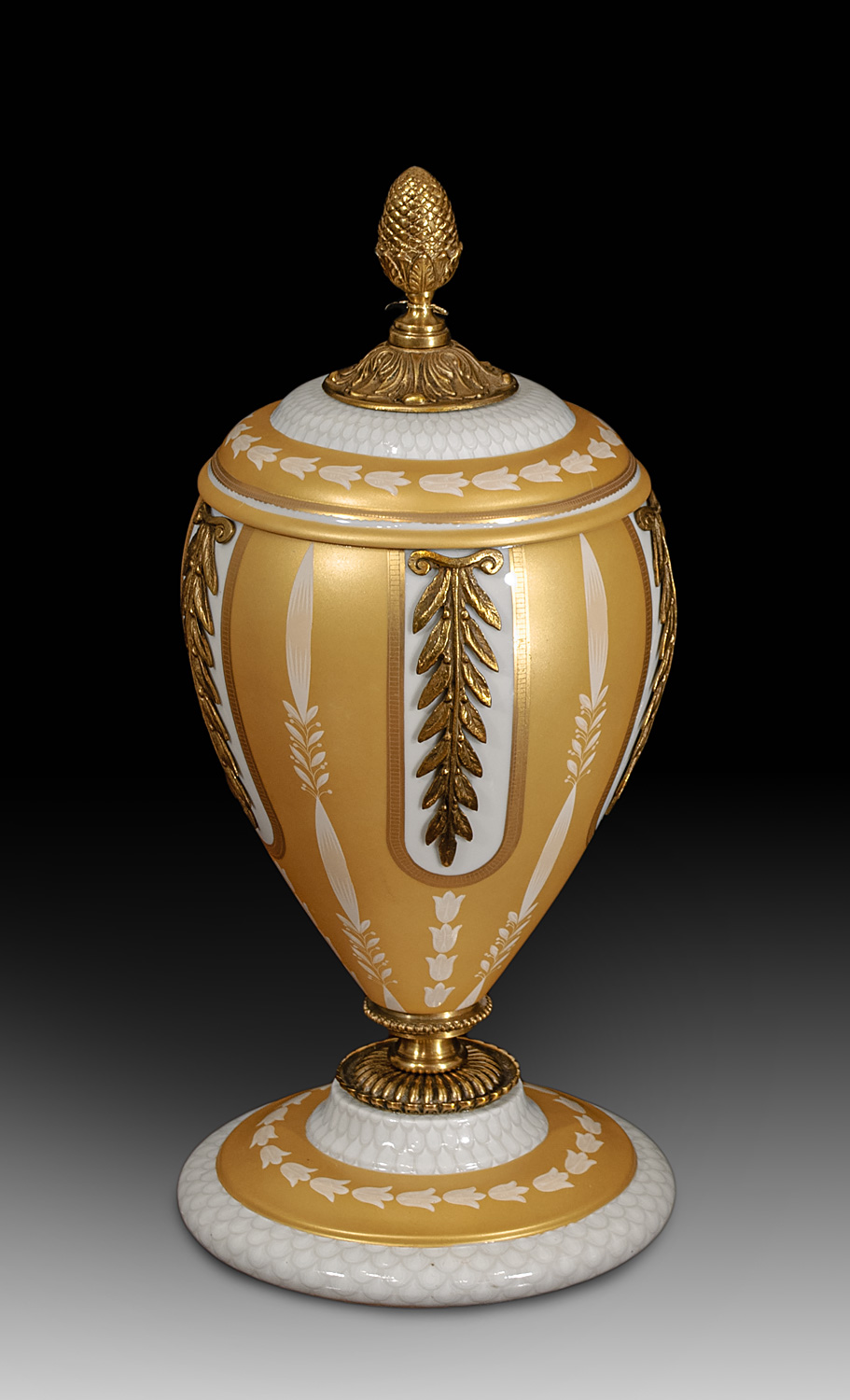




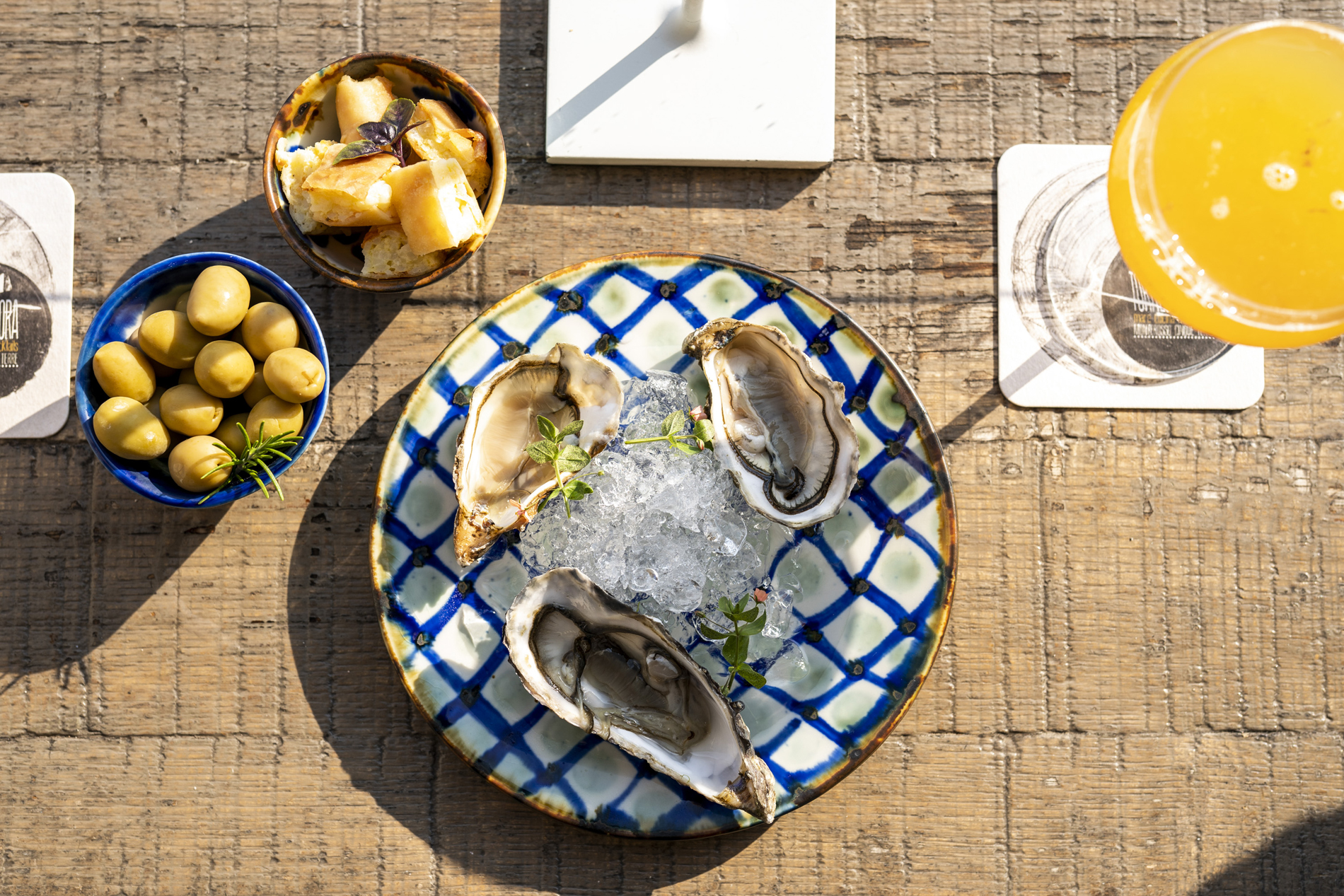




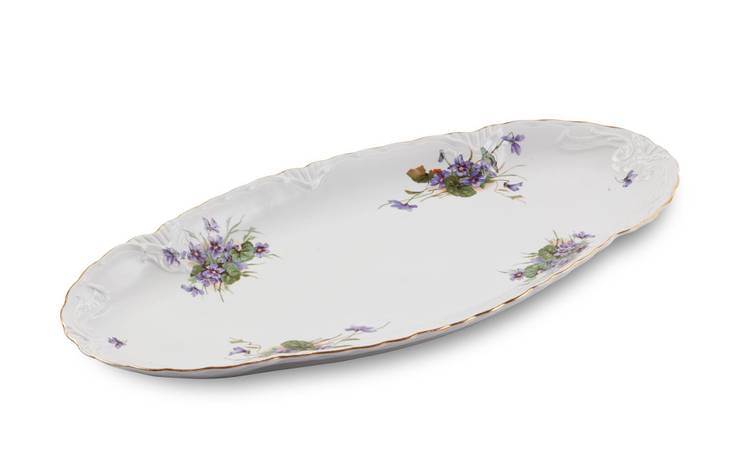



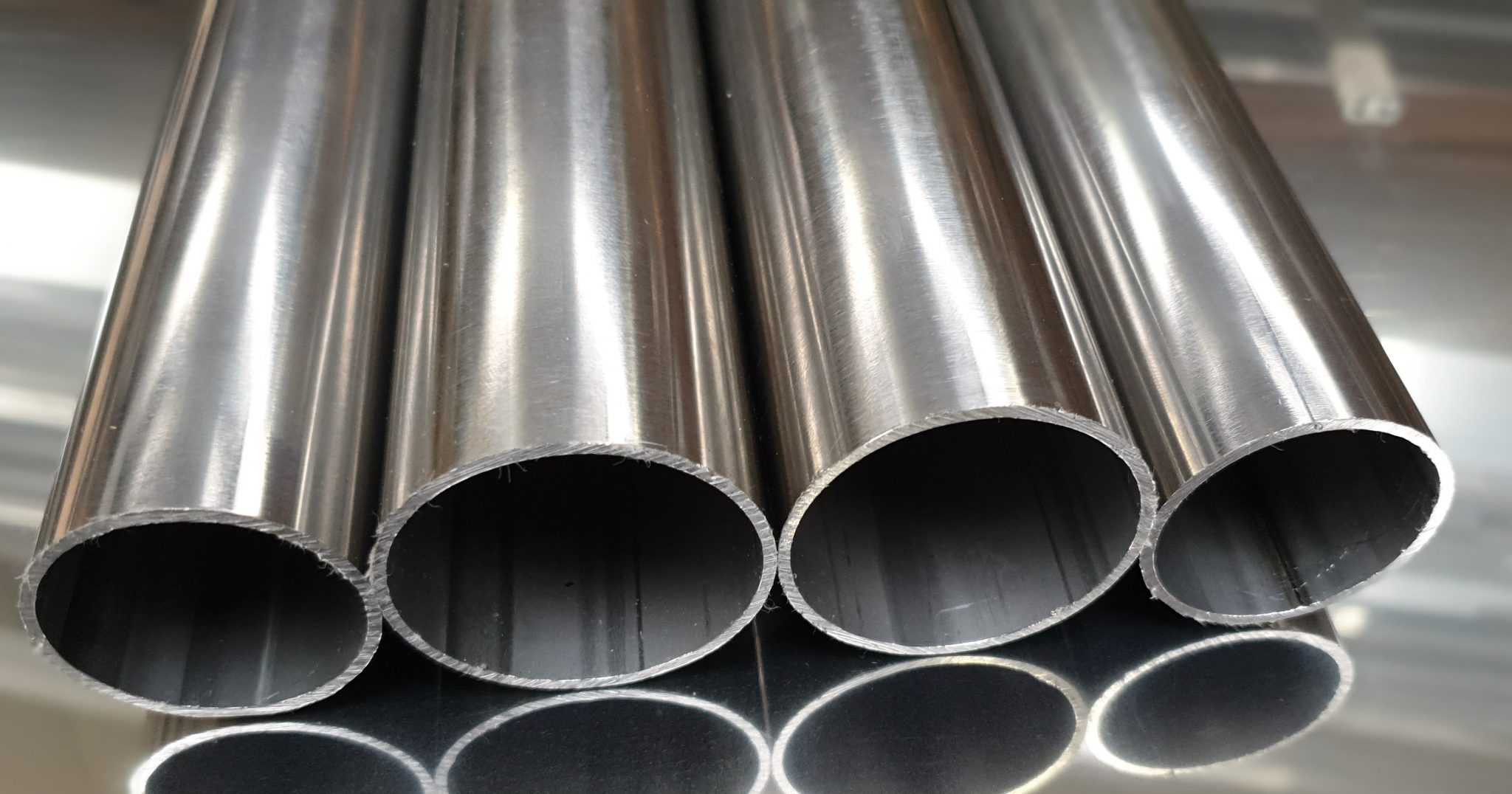


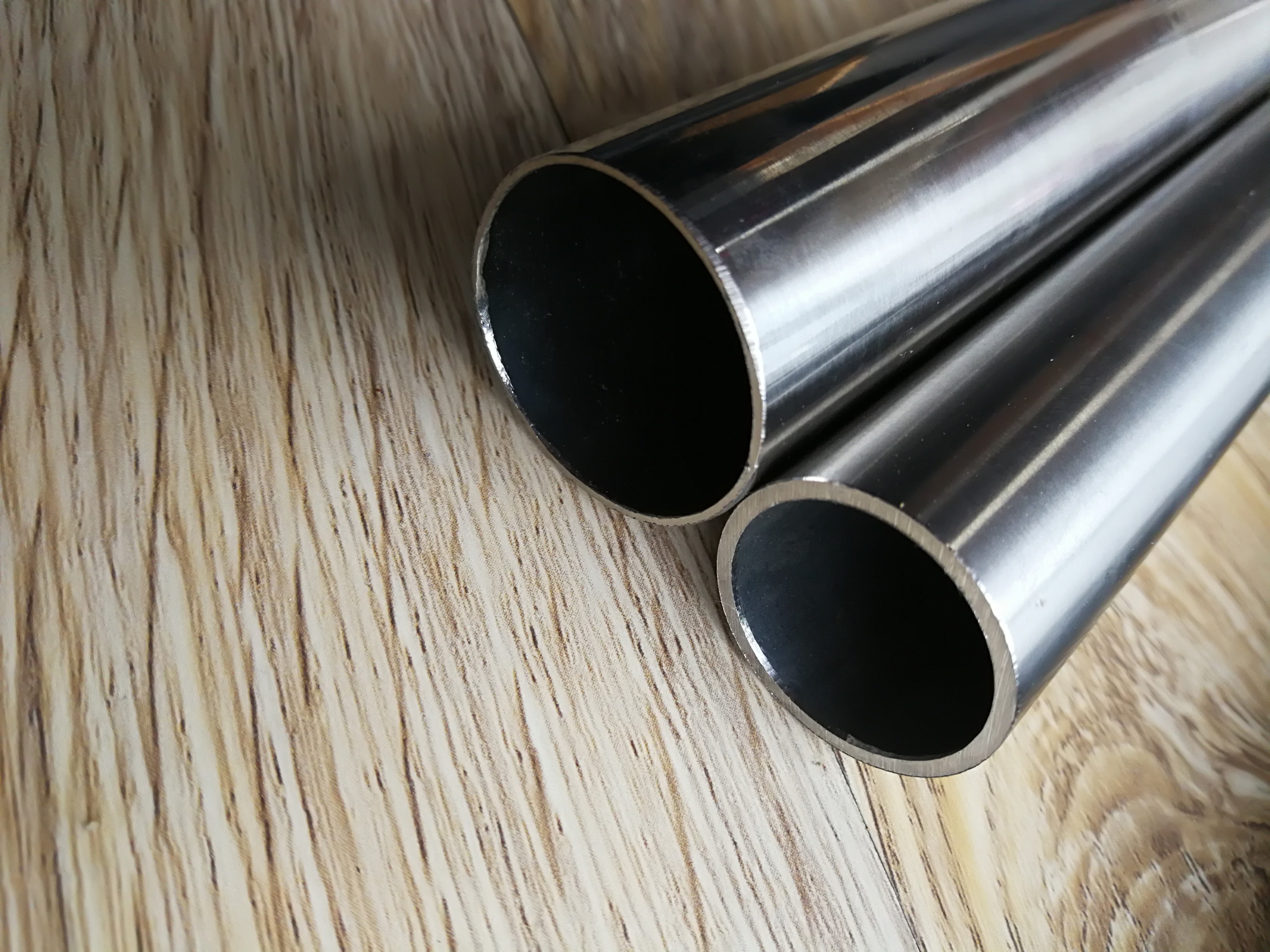



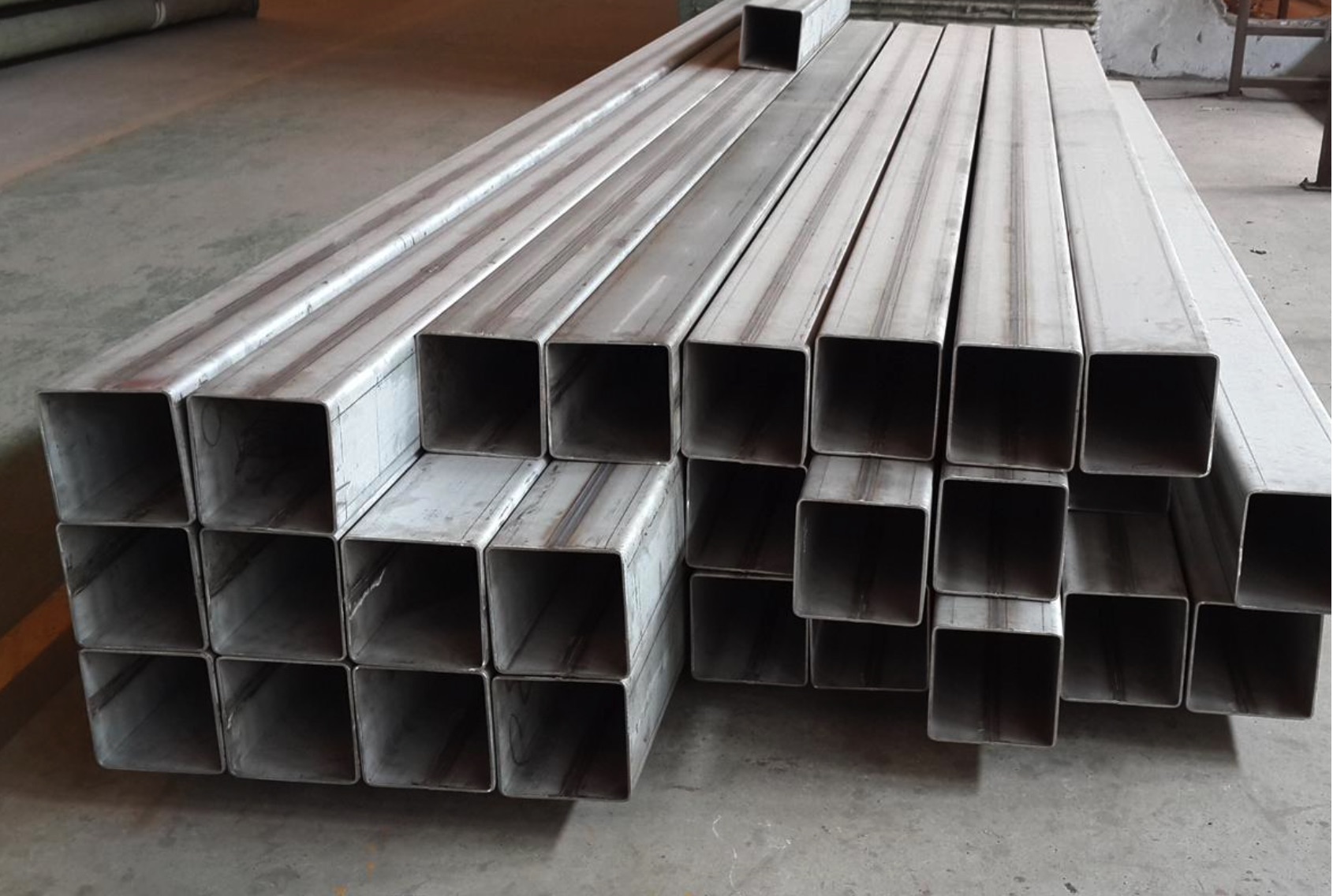

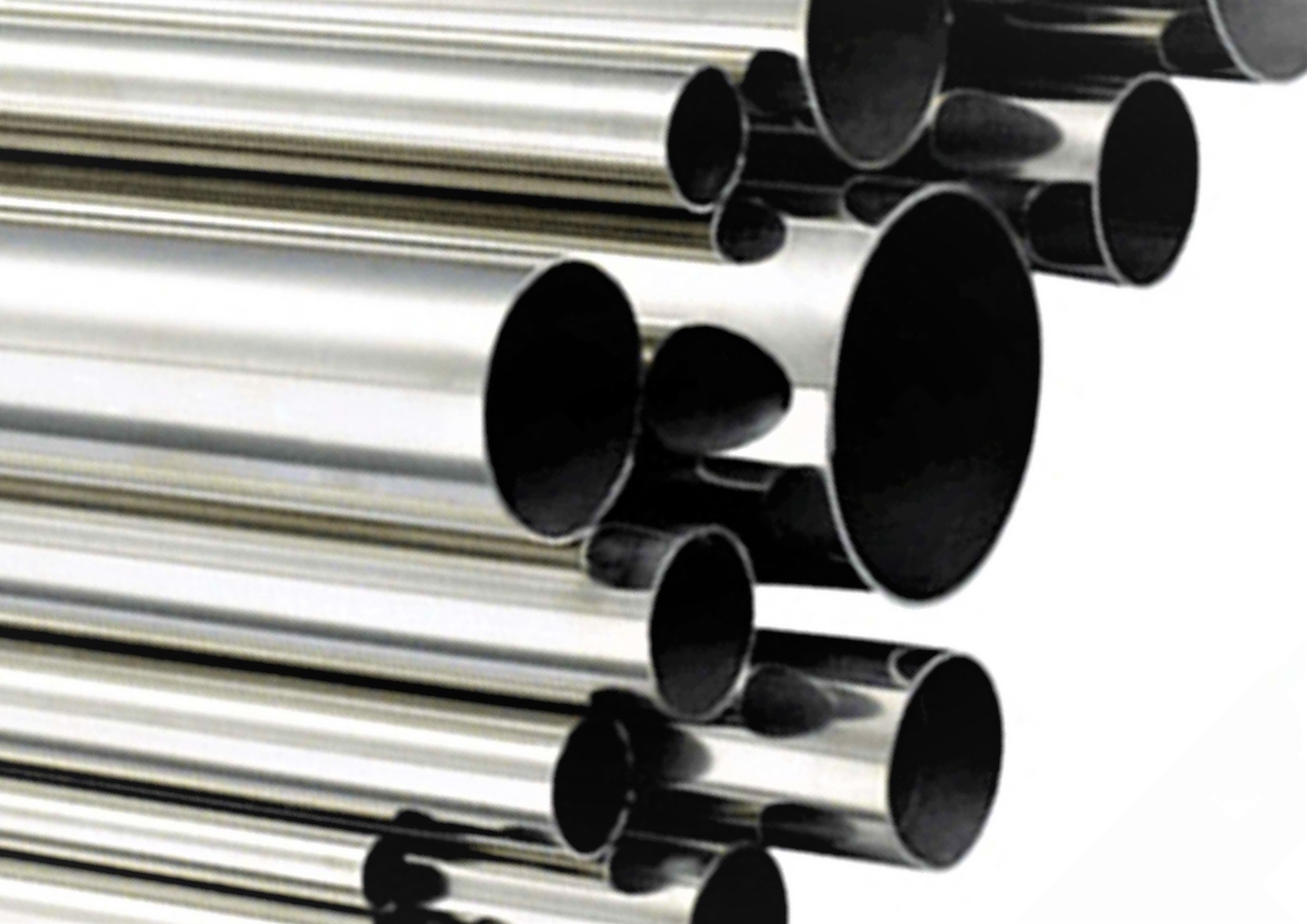



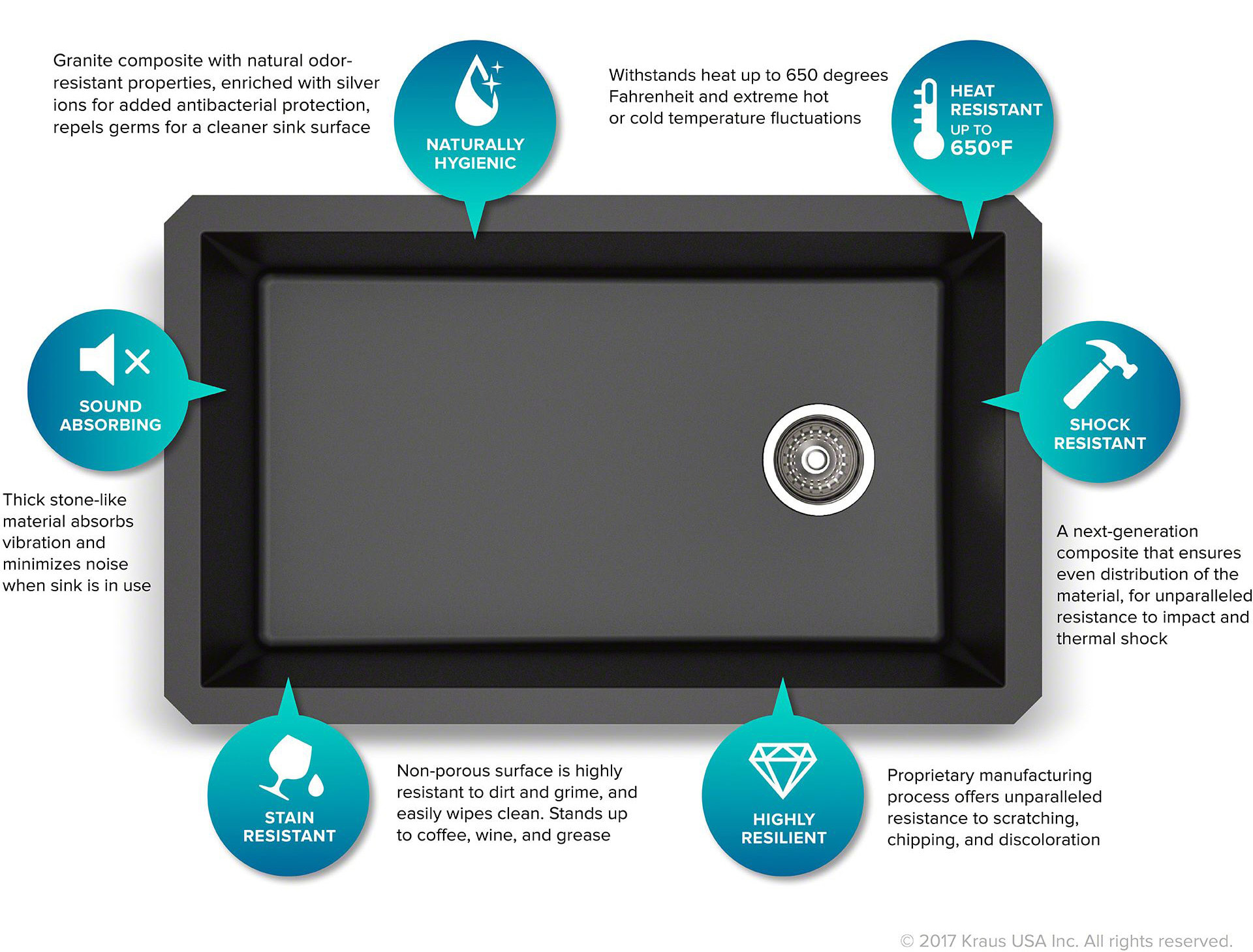







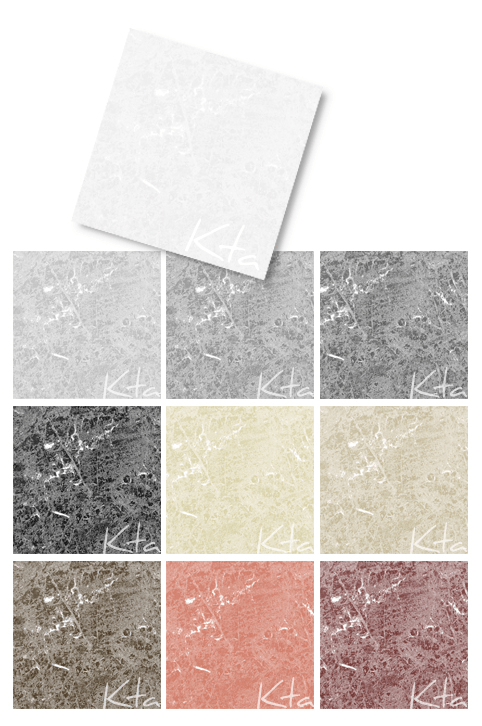
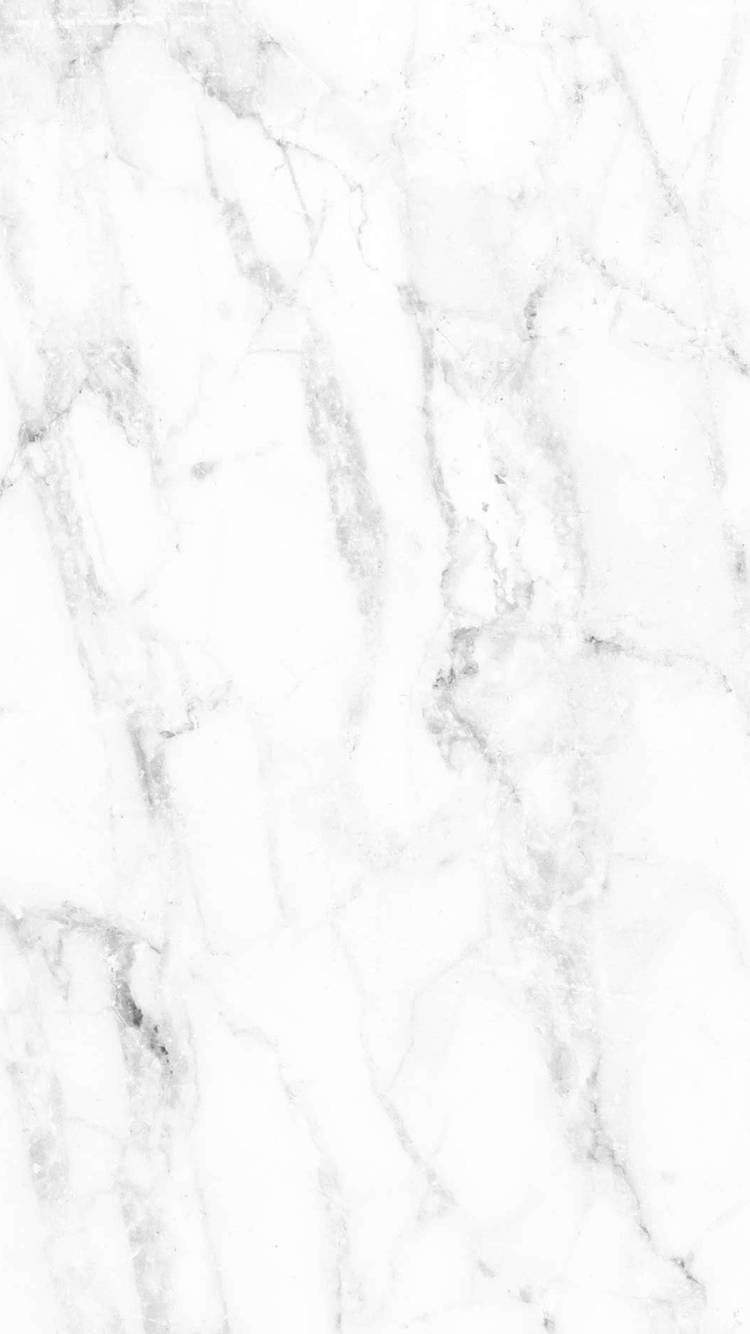
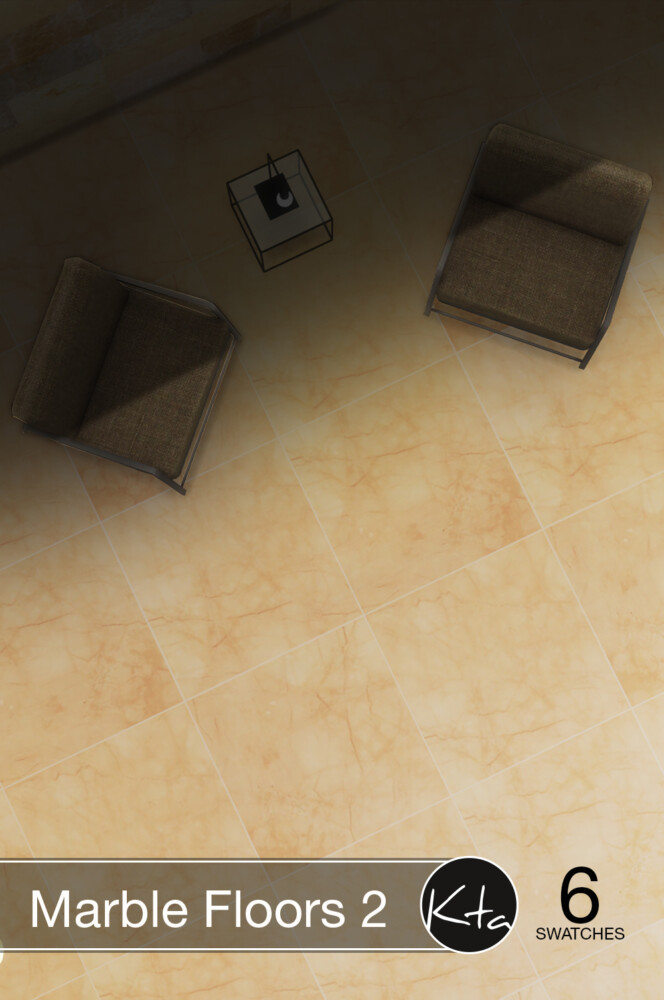
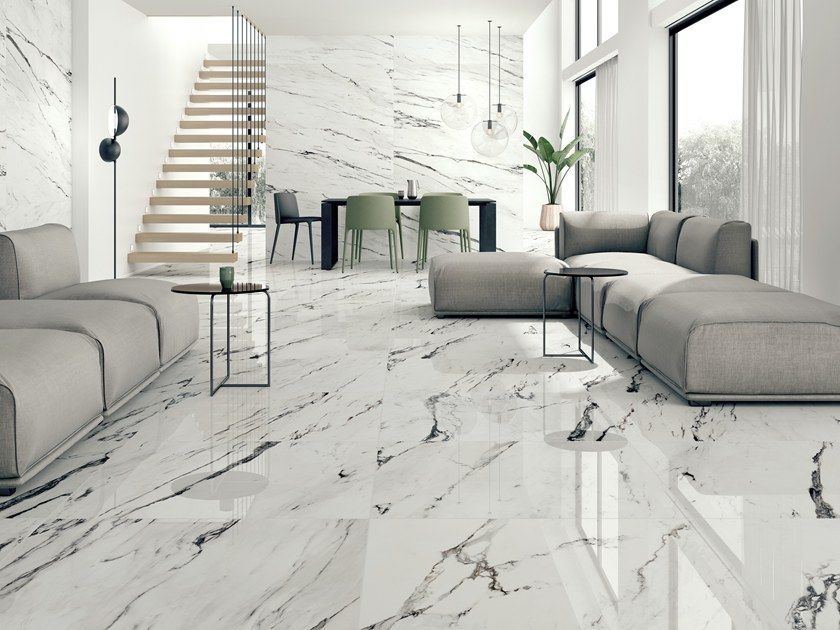


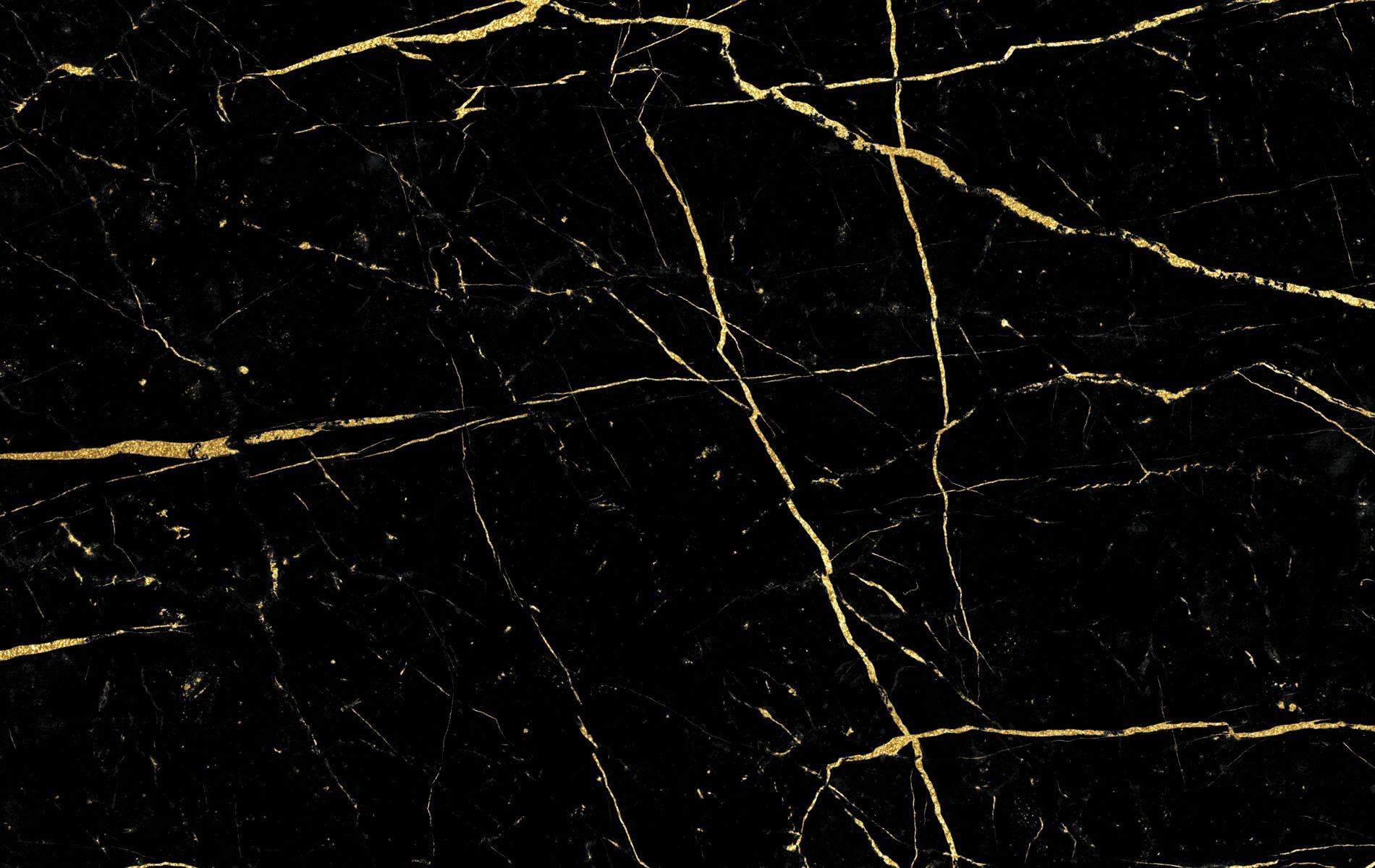
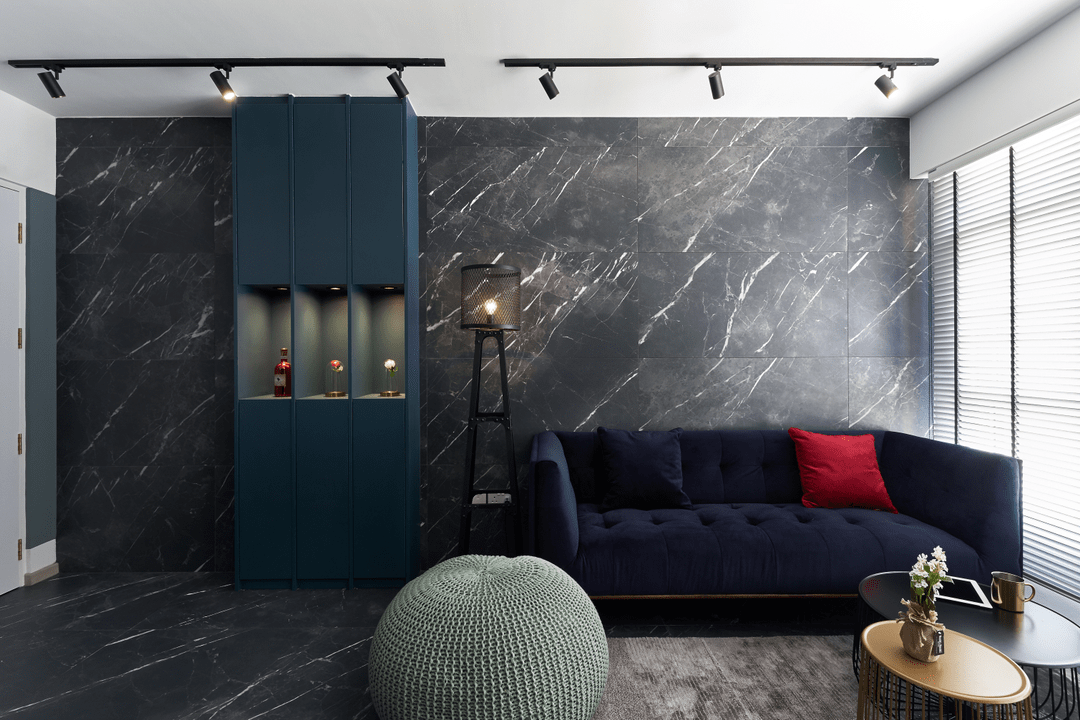
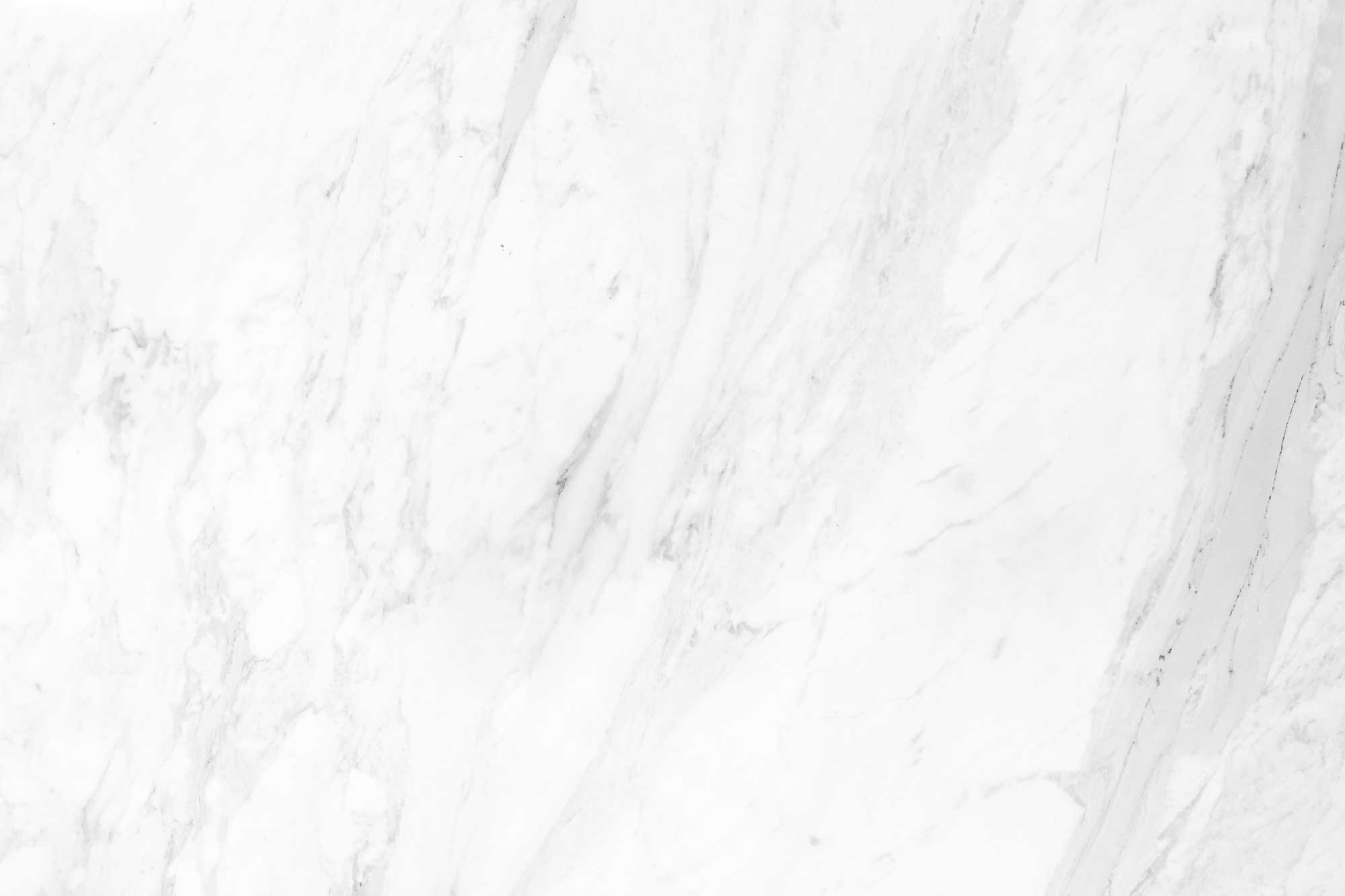


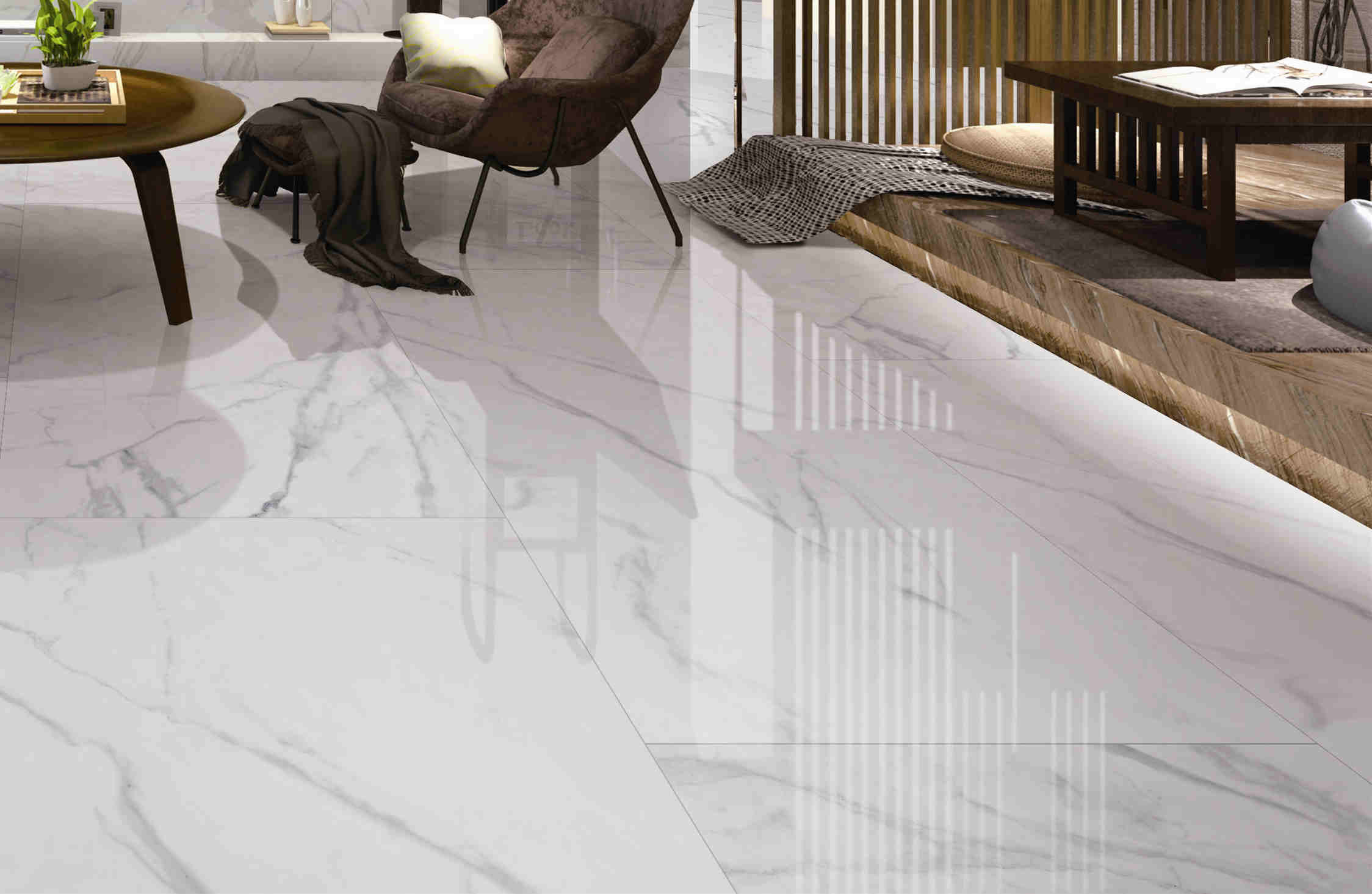

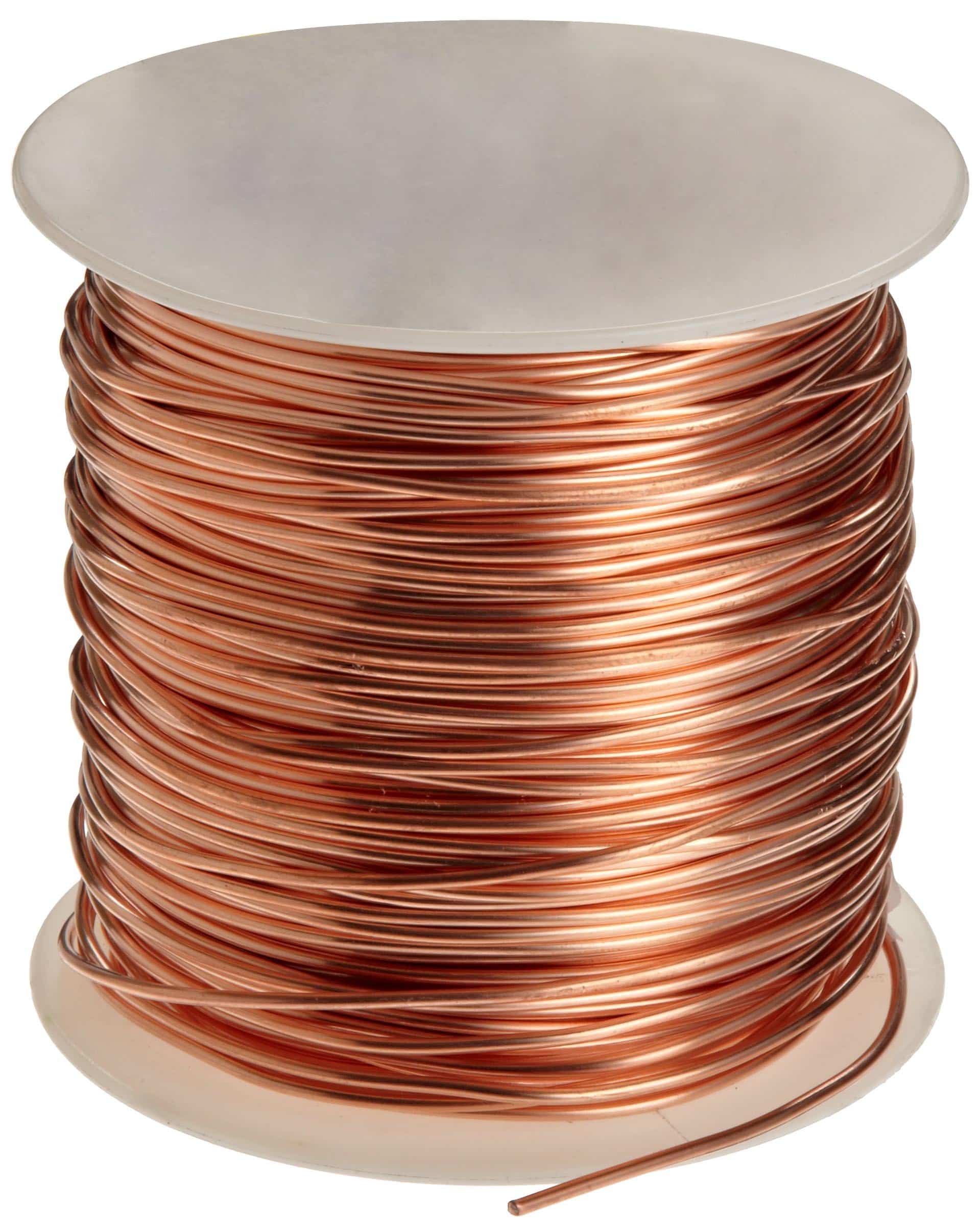
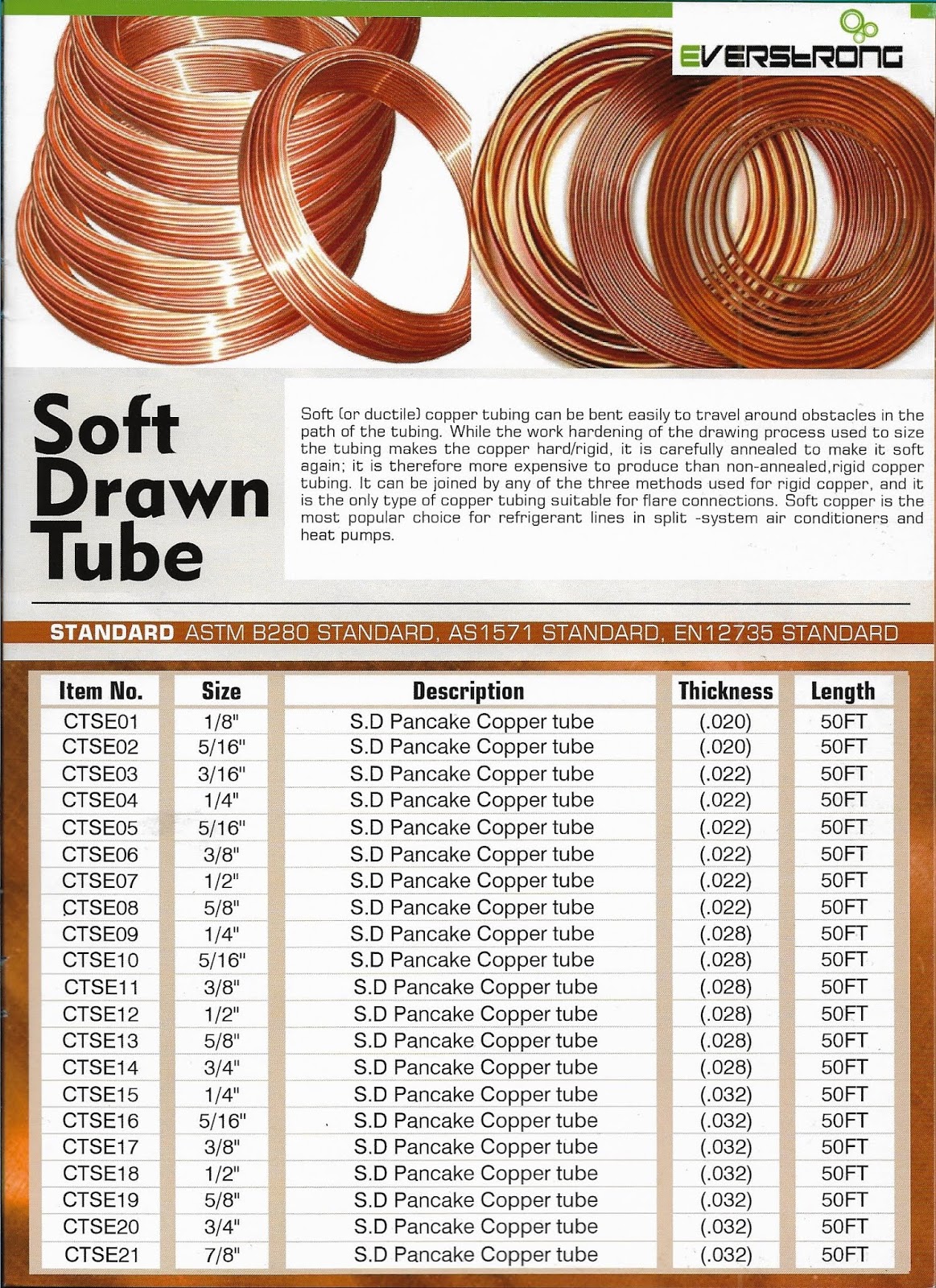





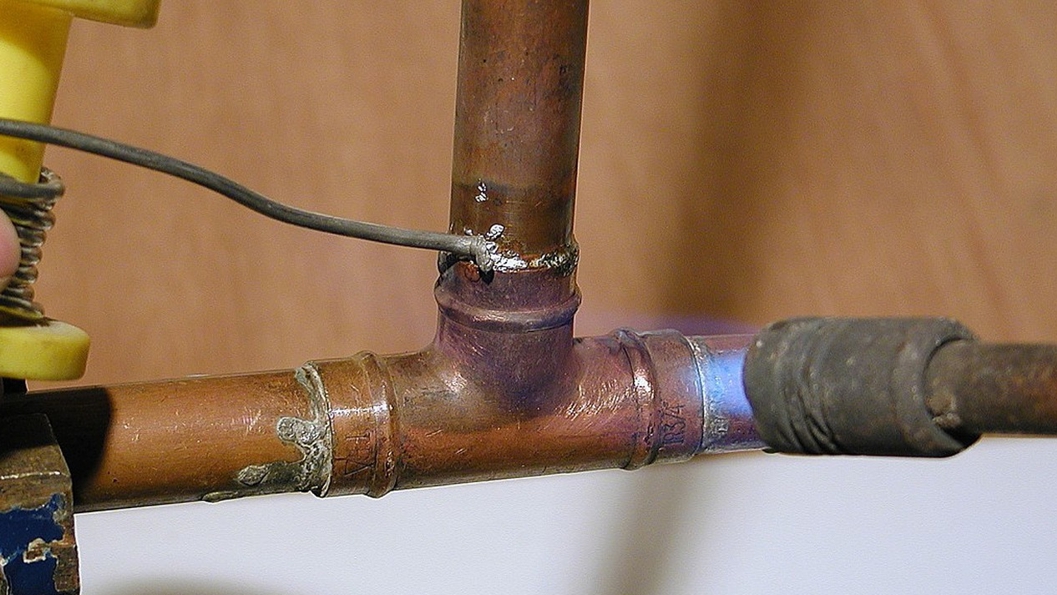

















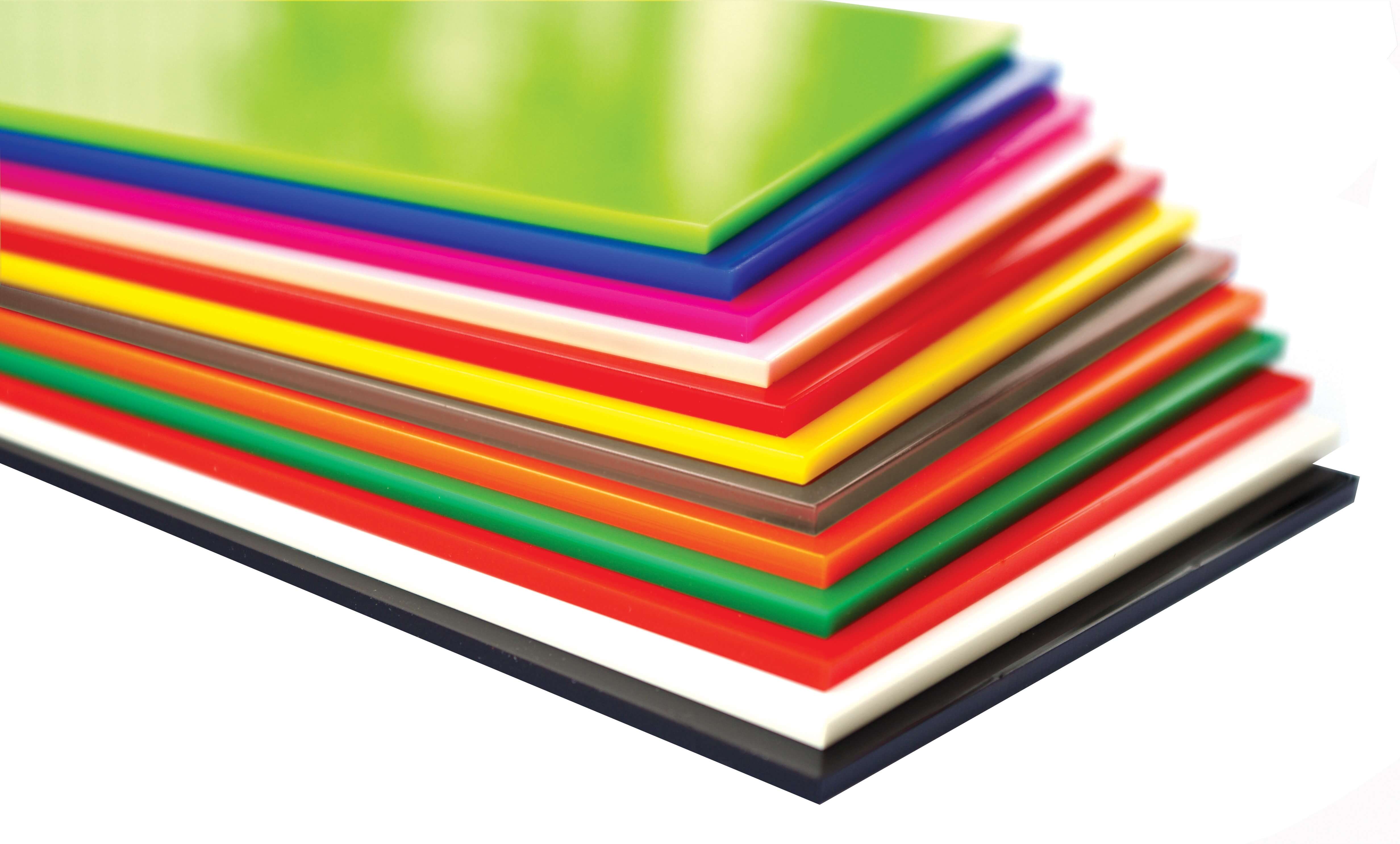
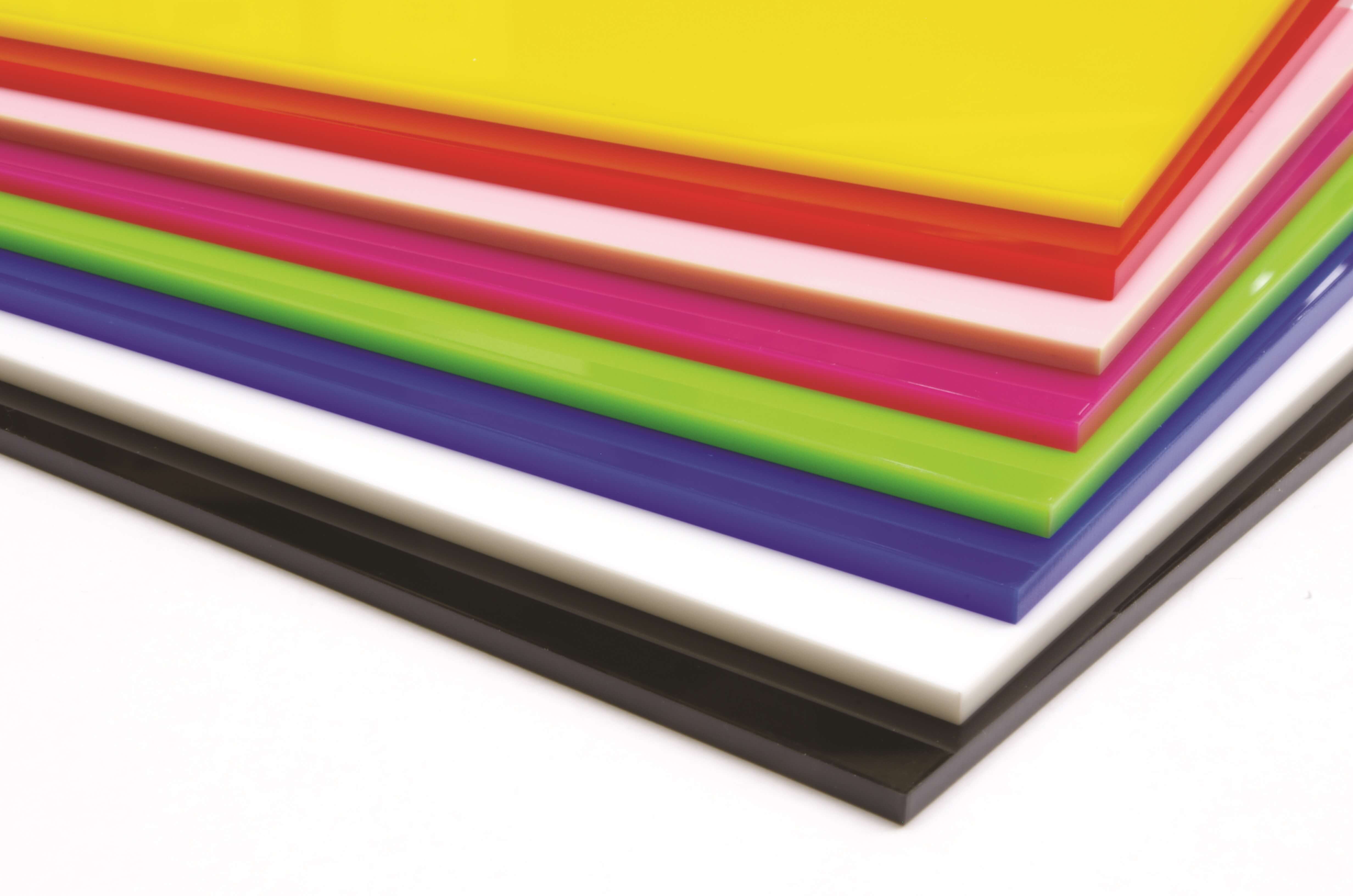
/85576653-56a6e6b65f9b58b7d0e568f1.jpg)








